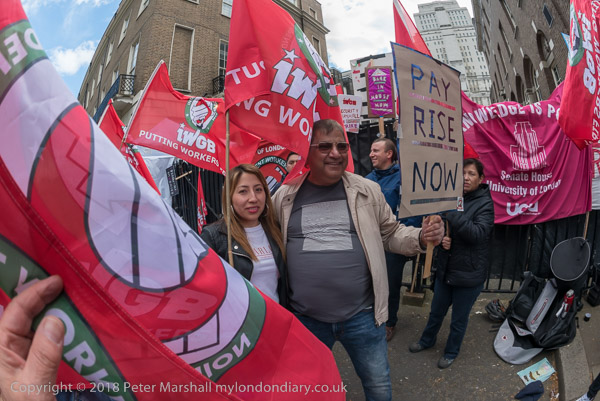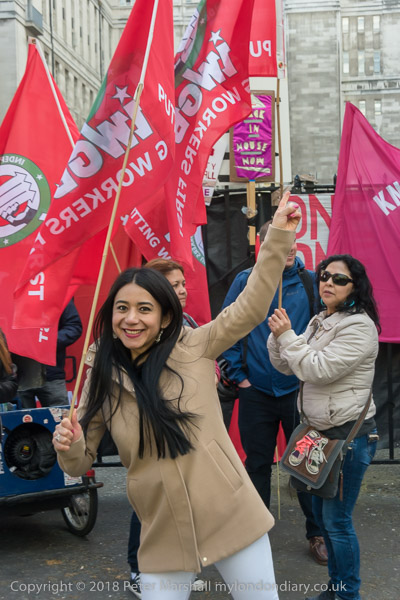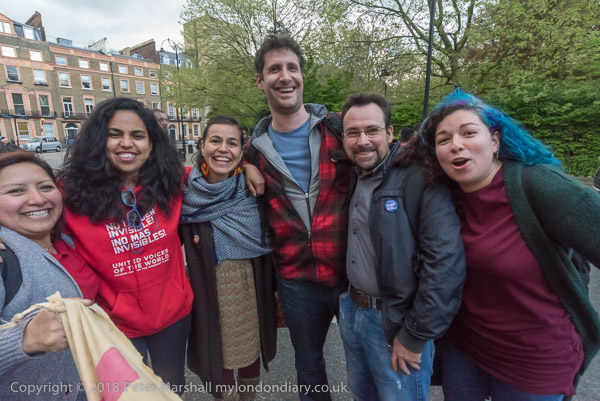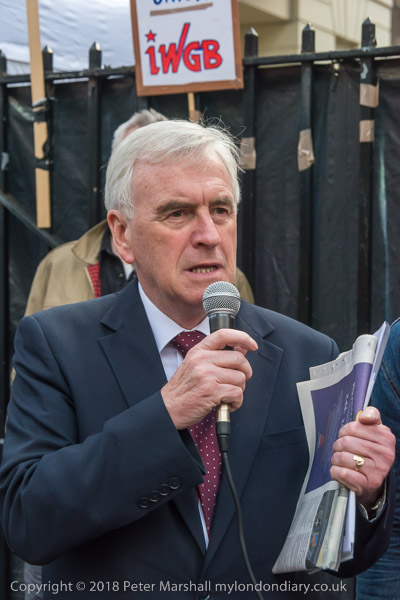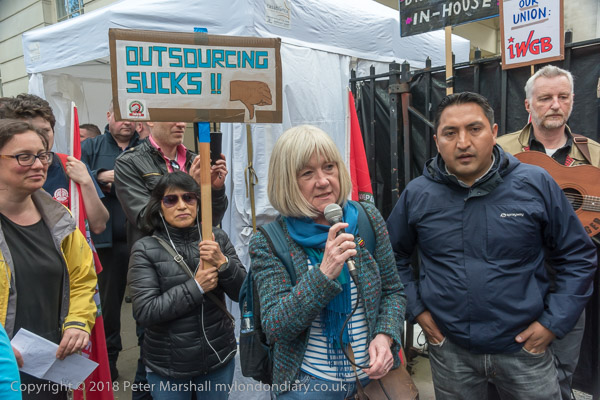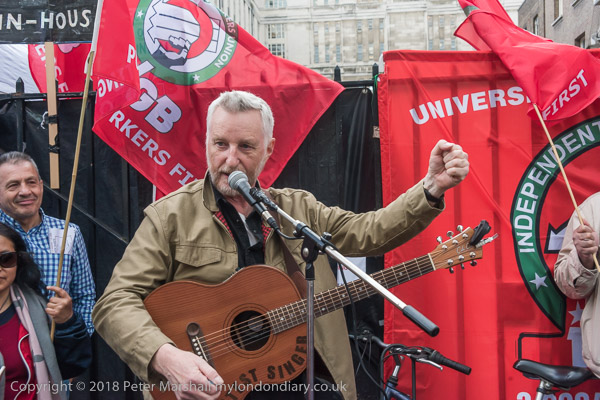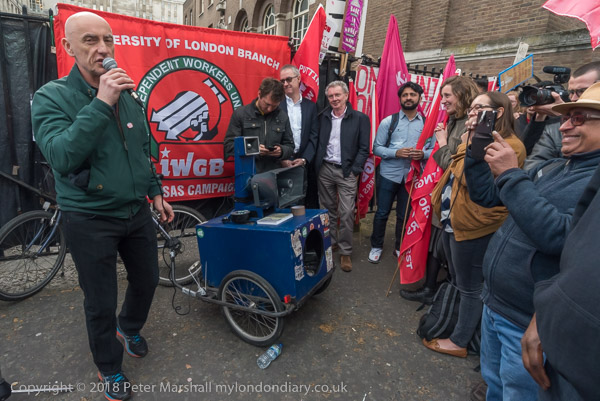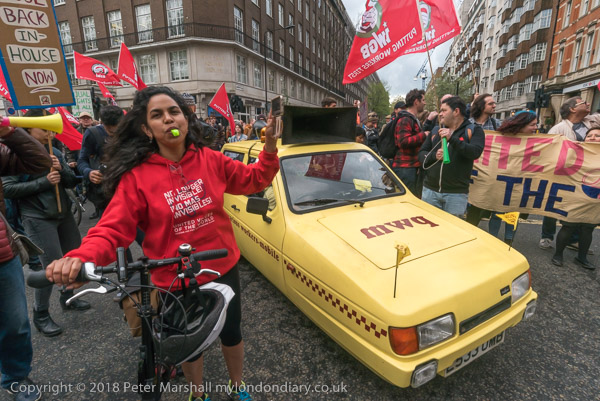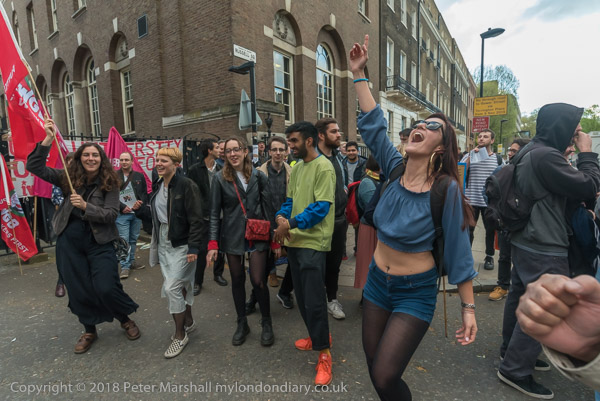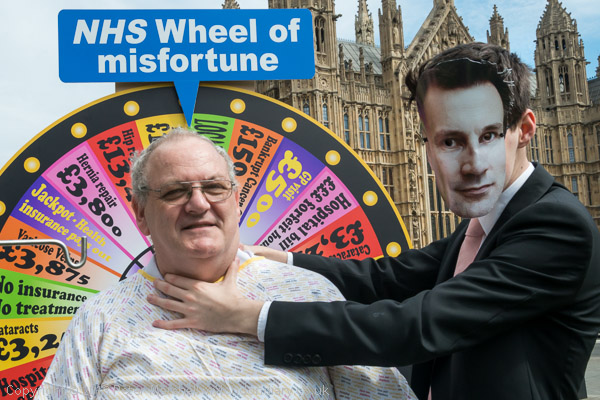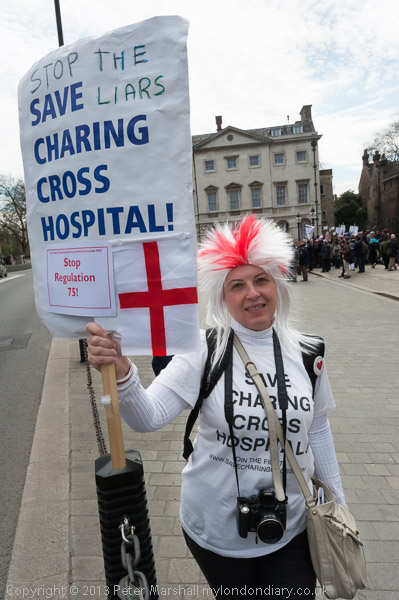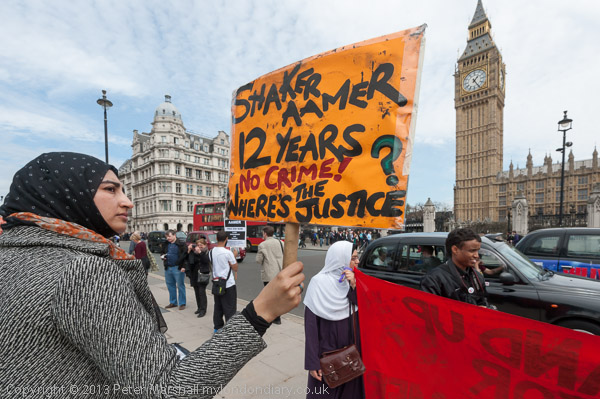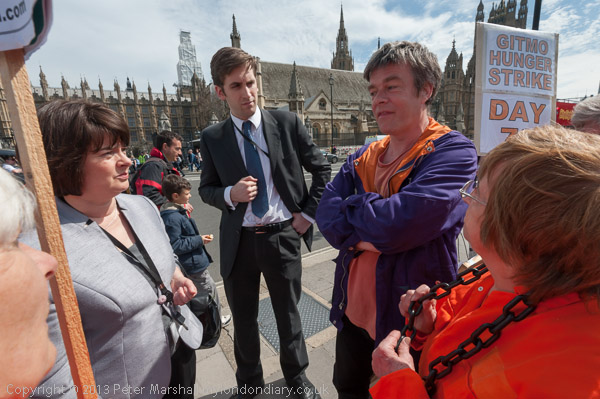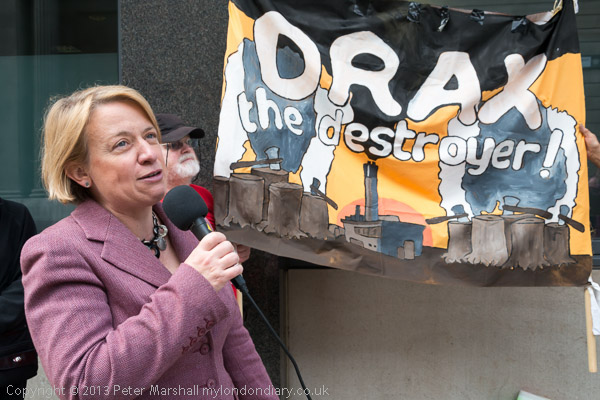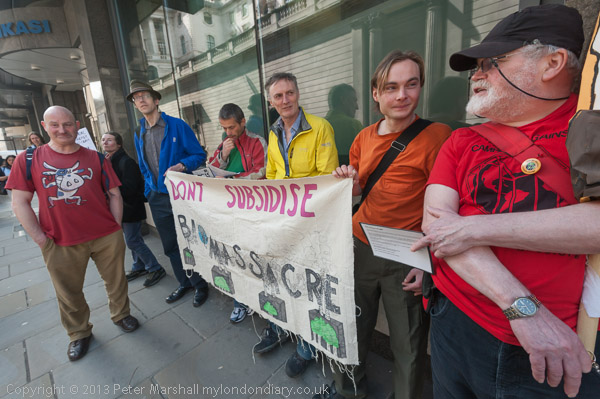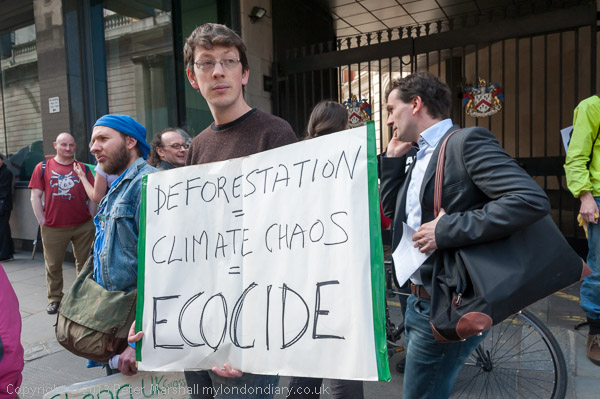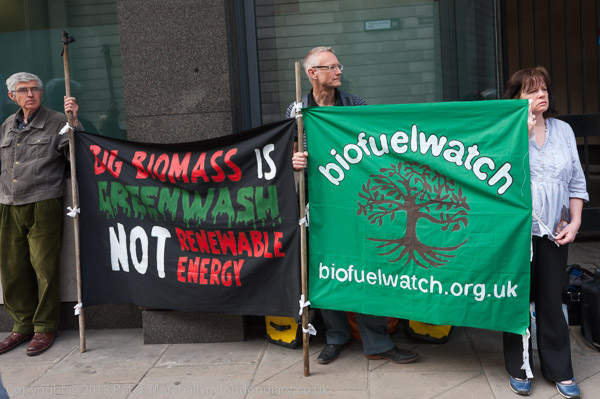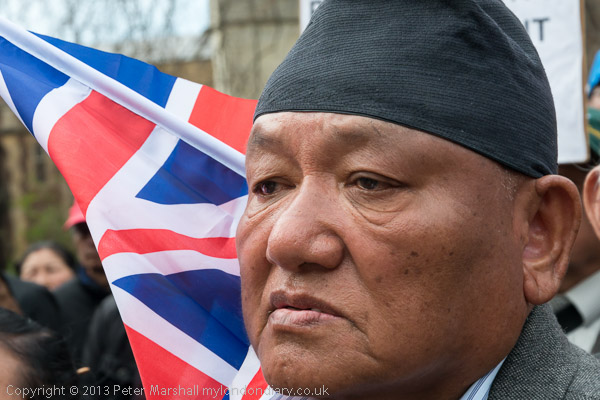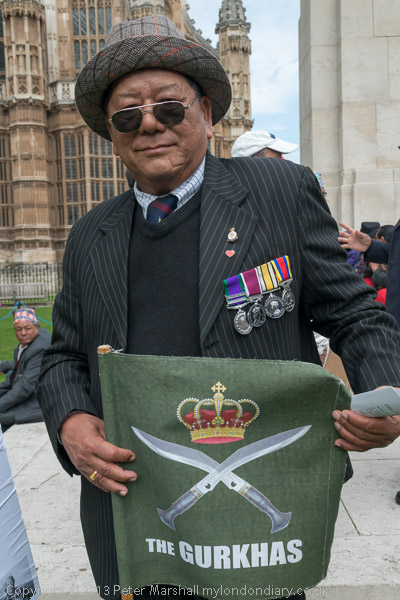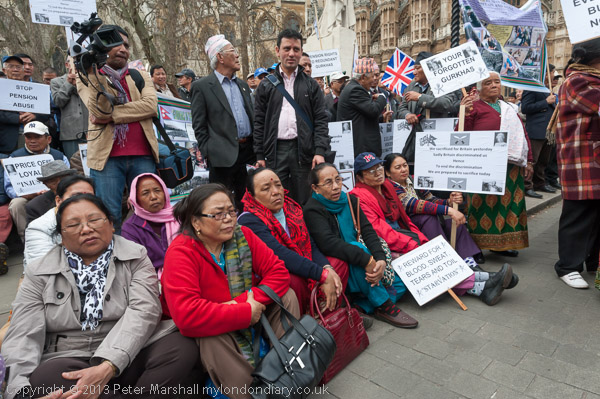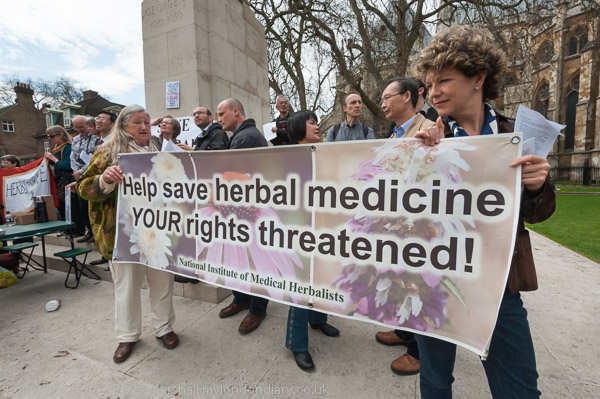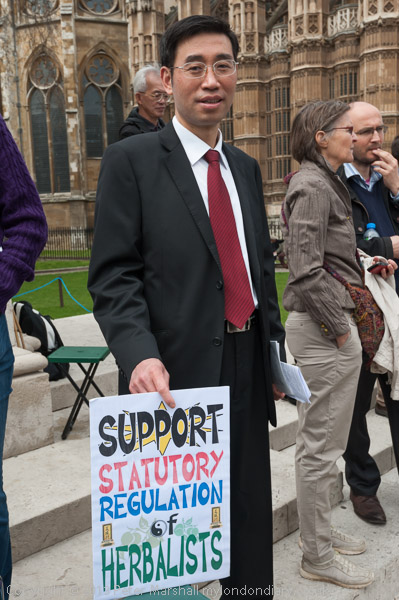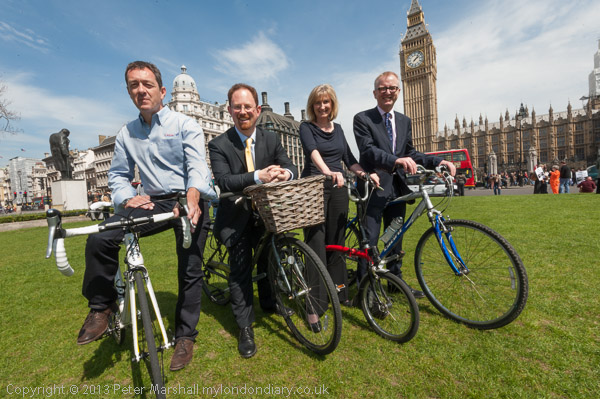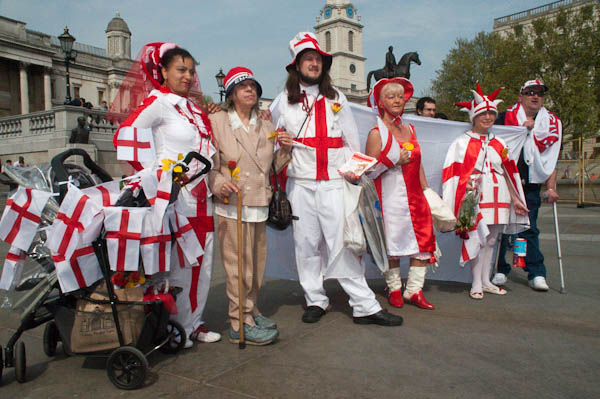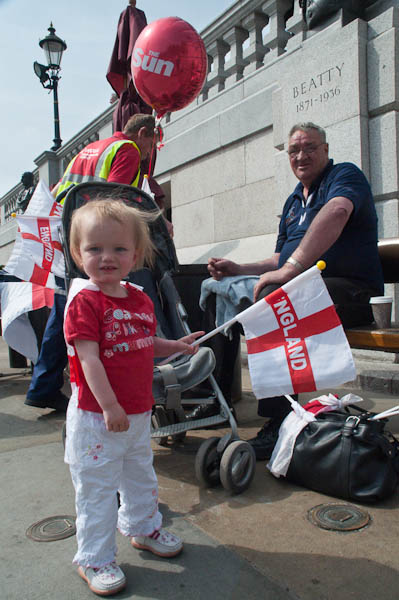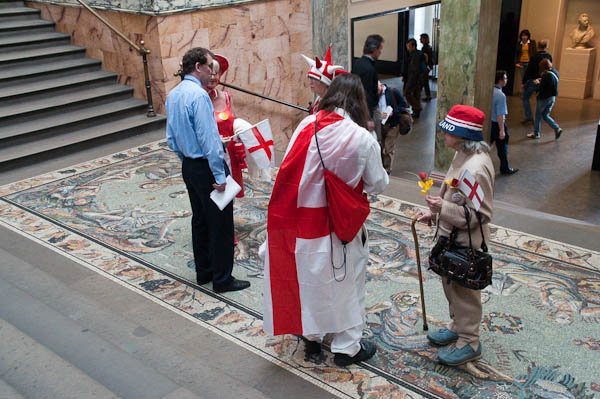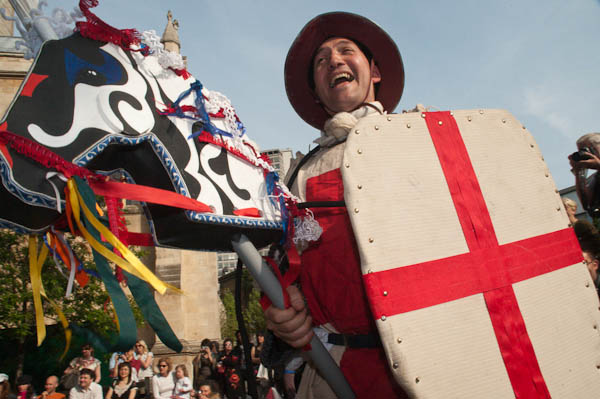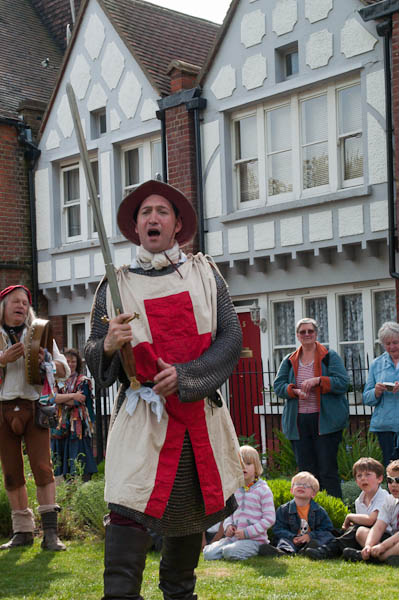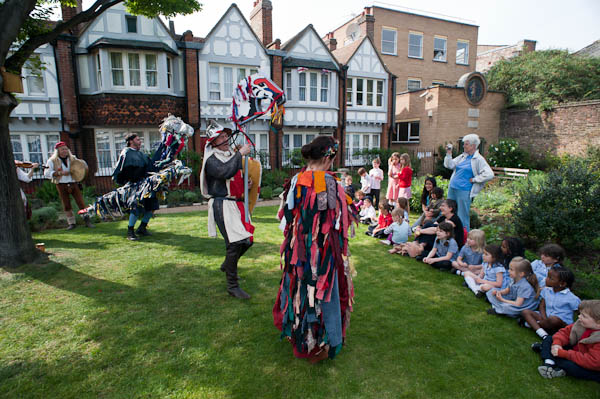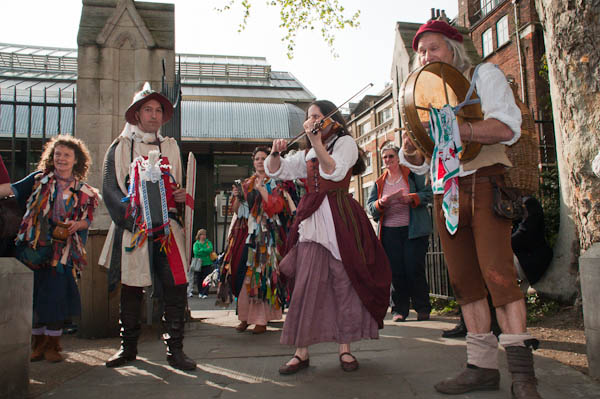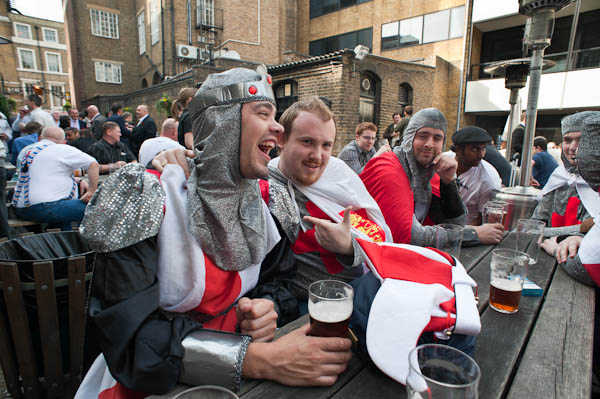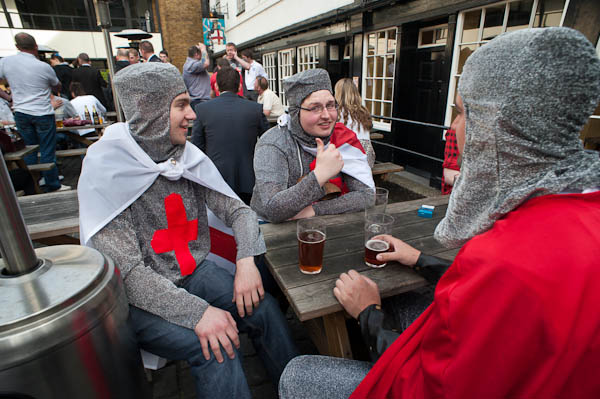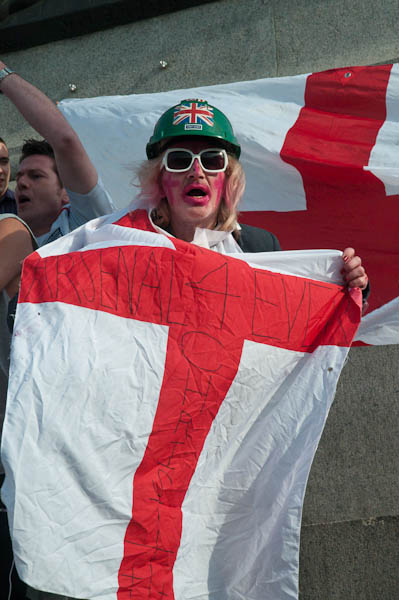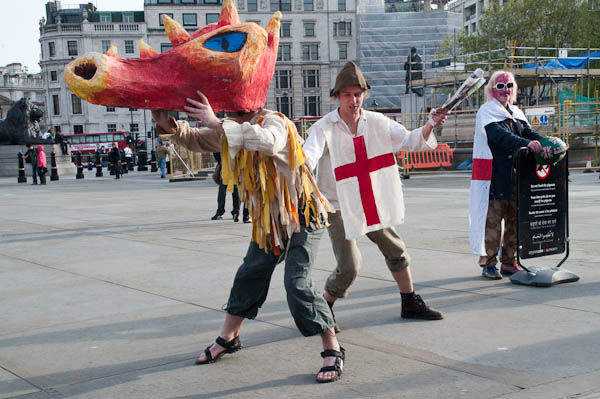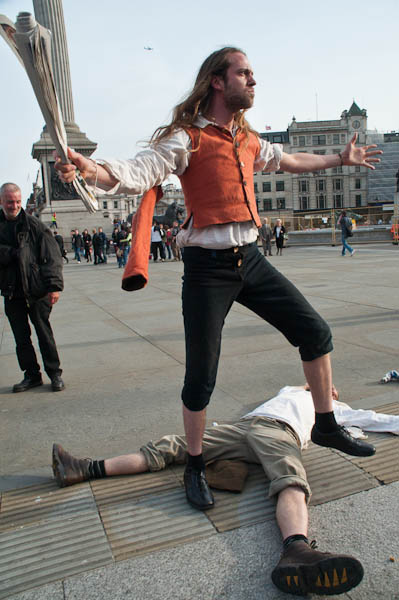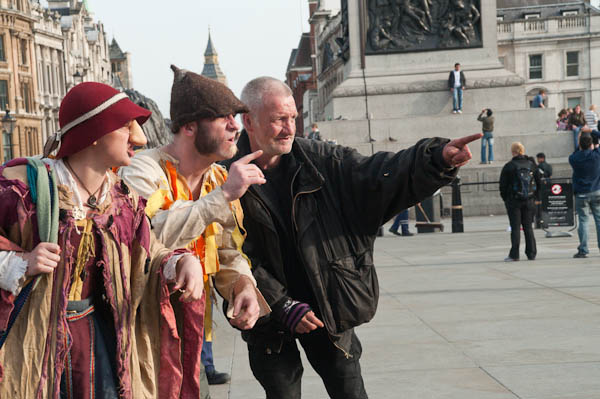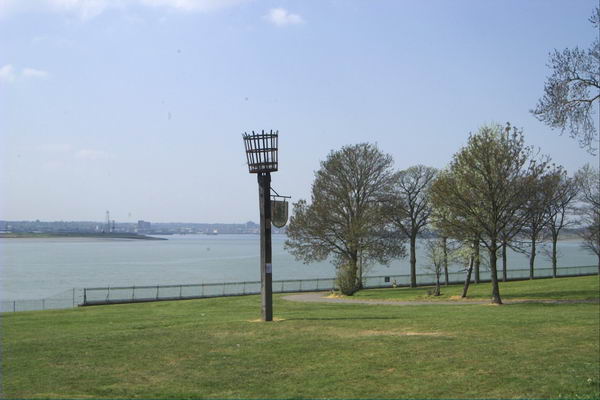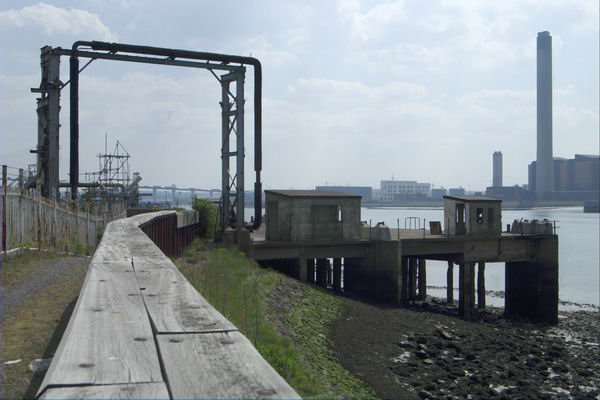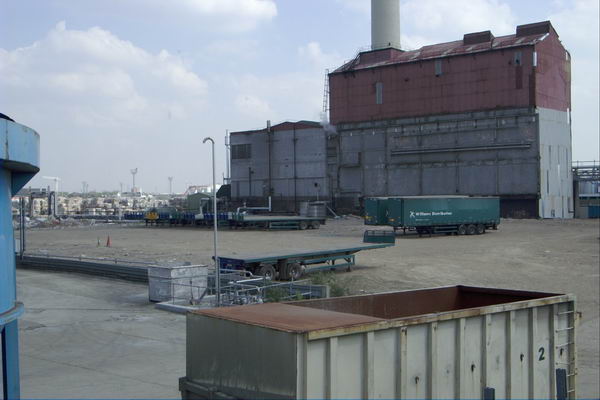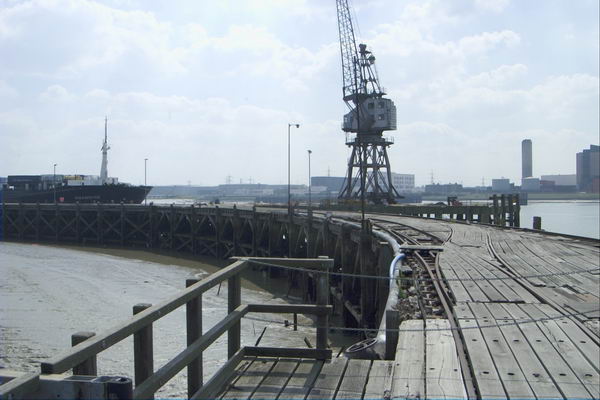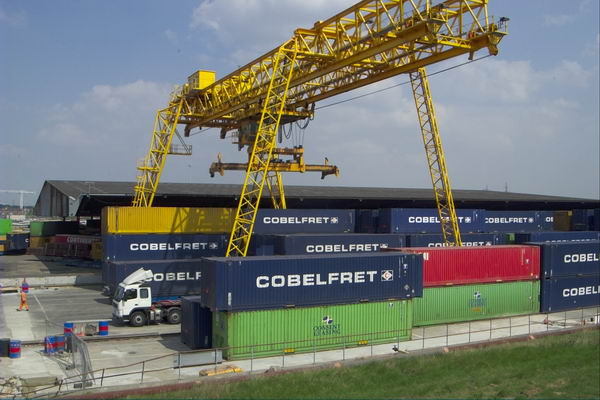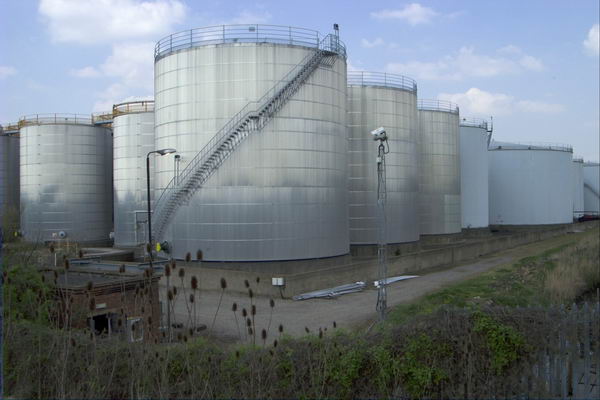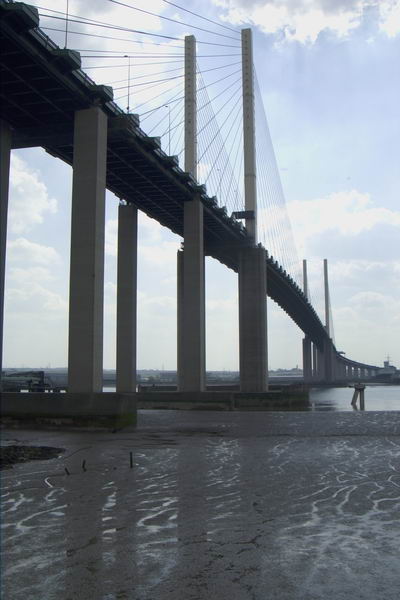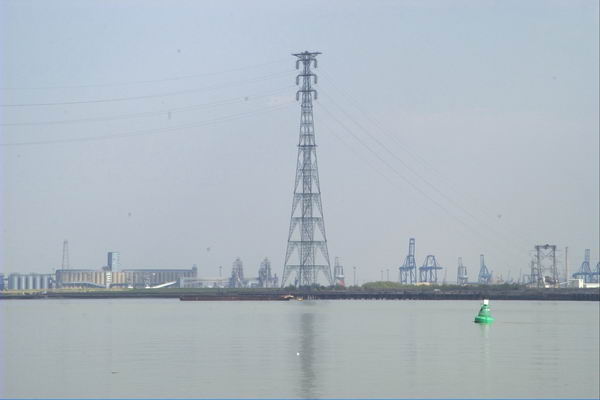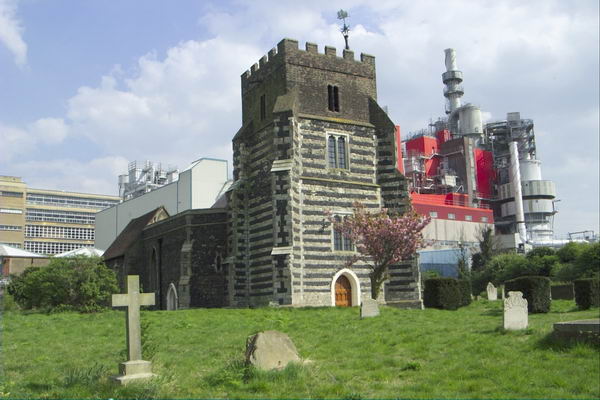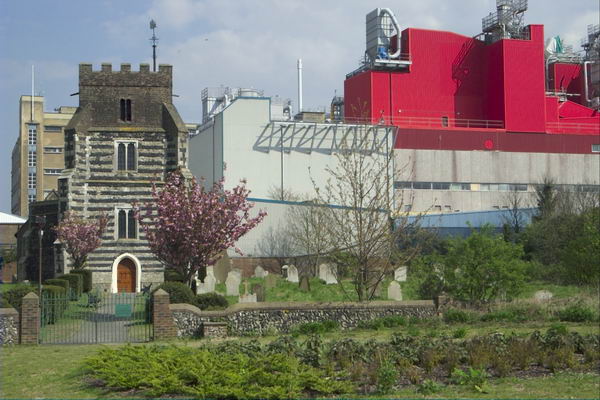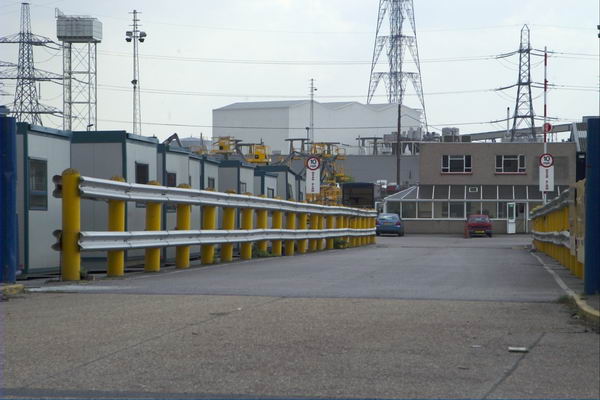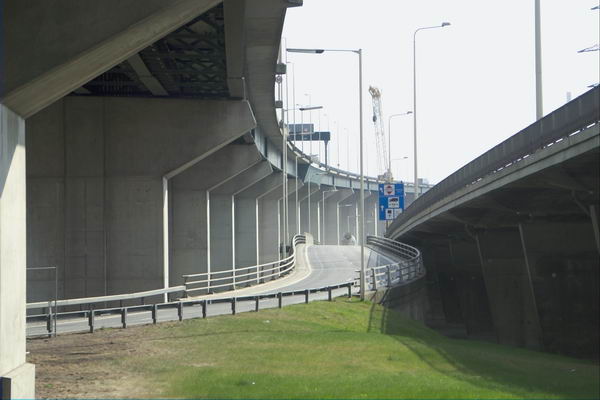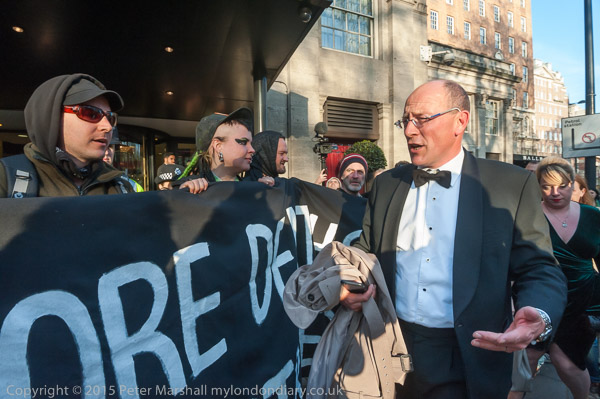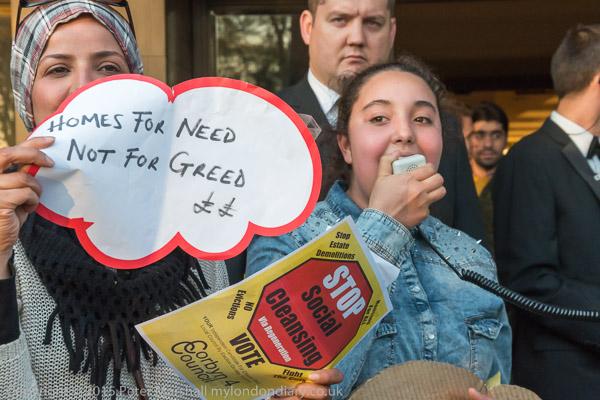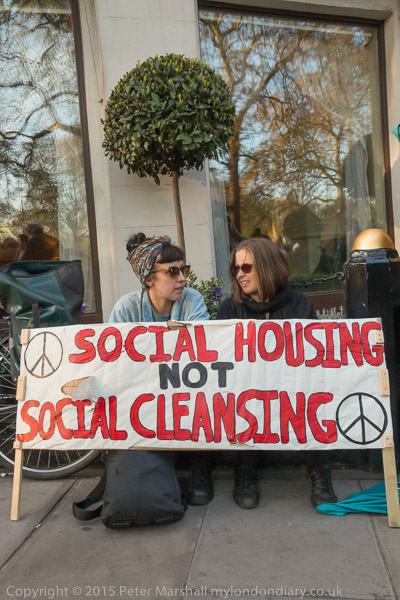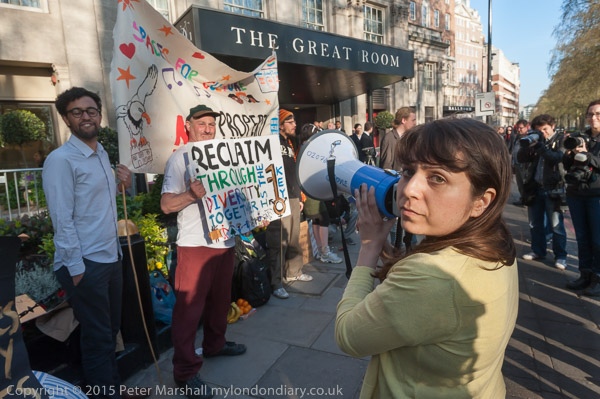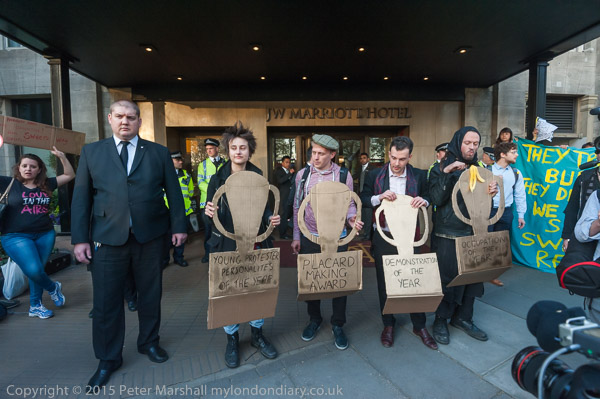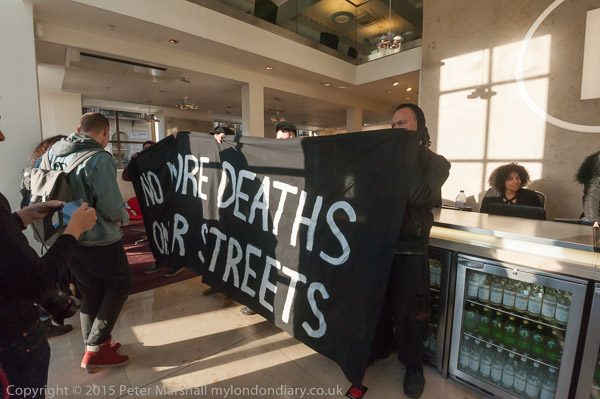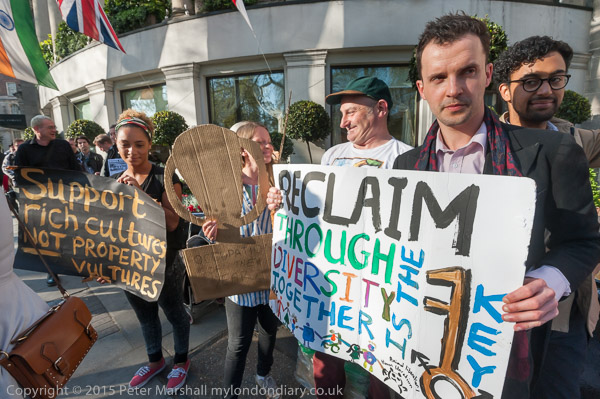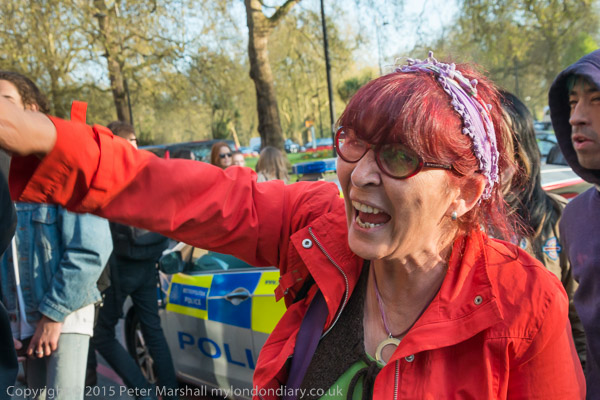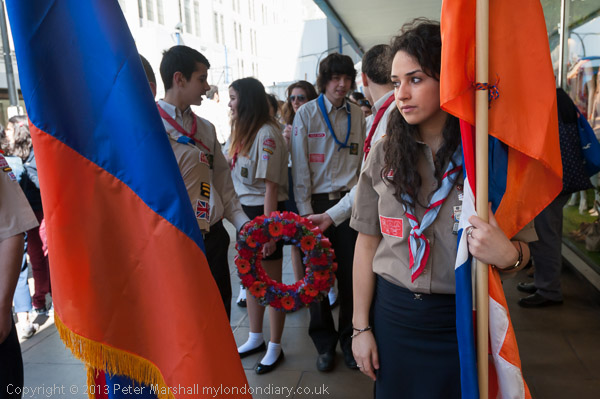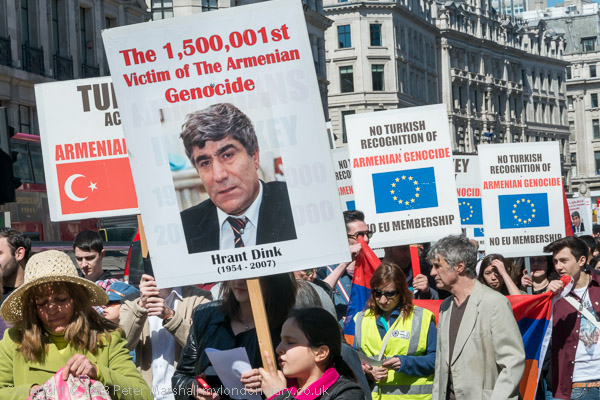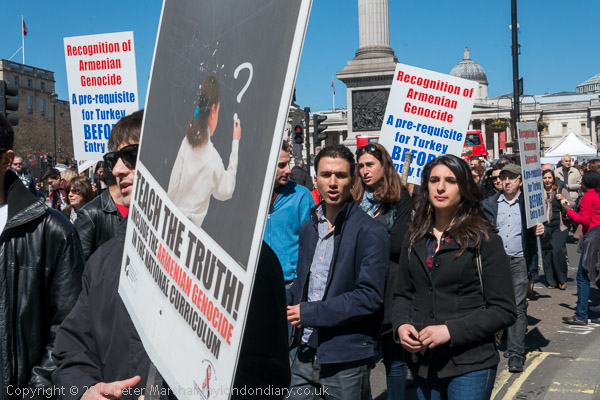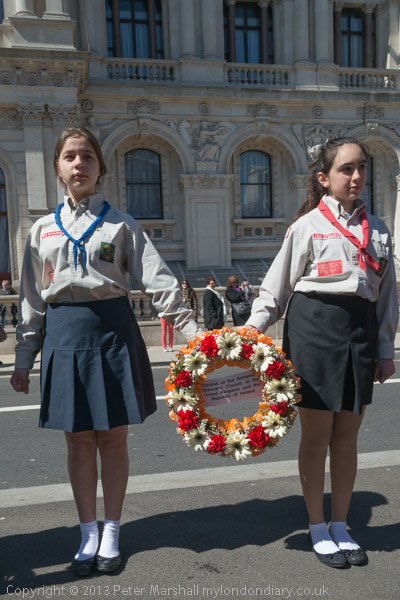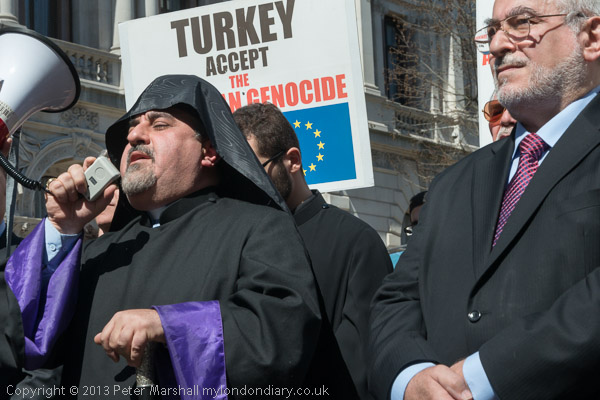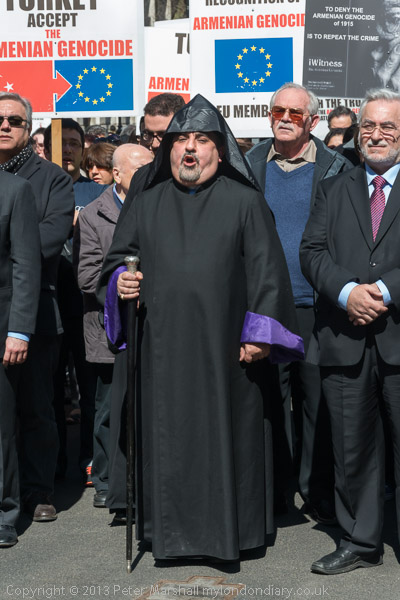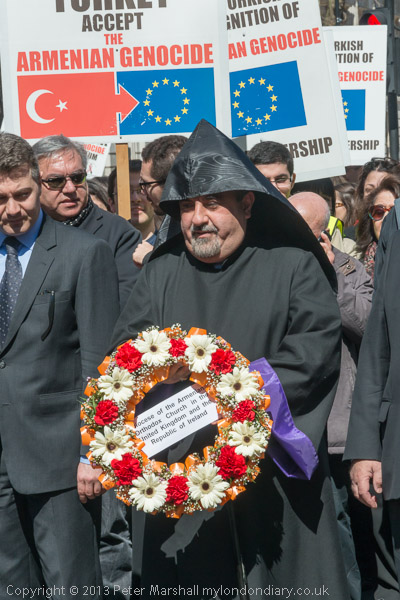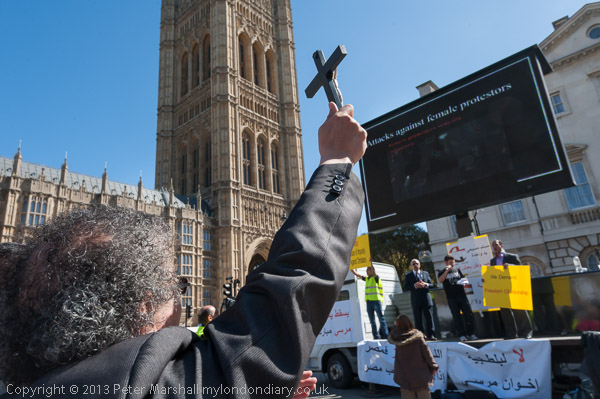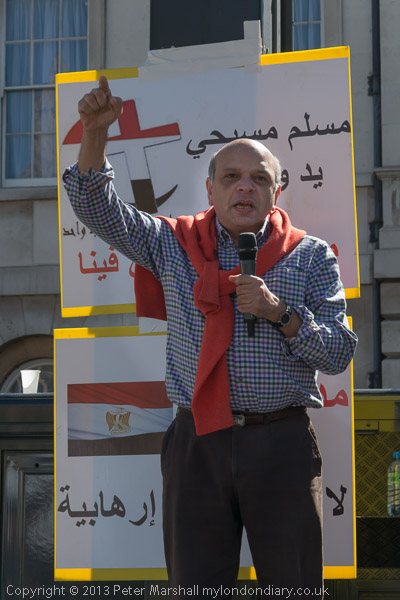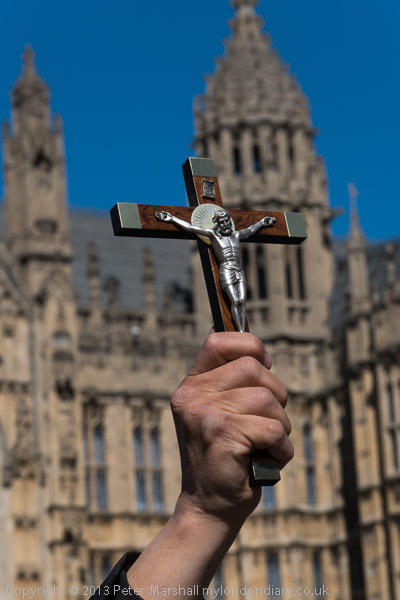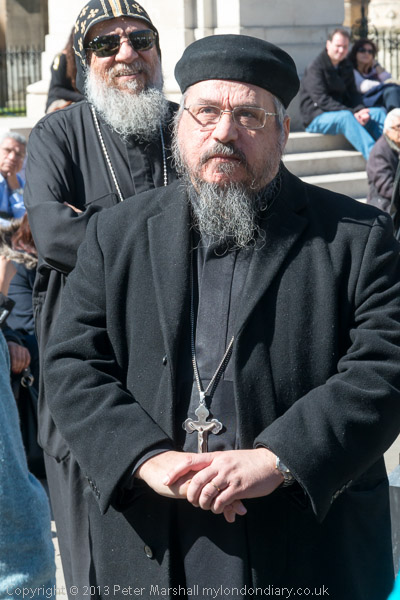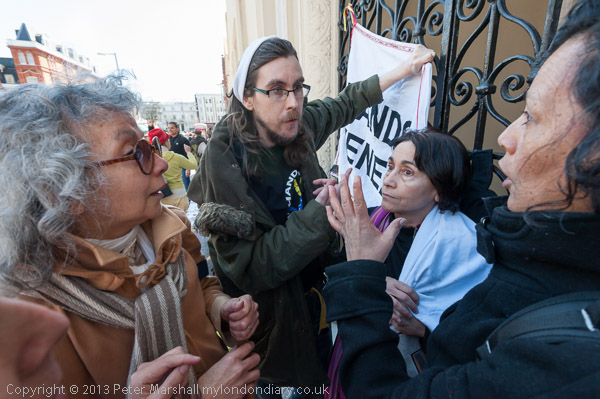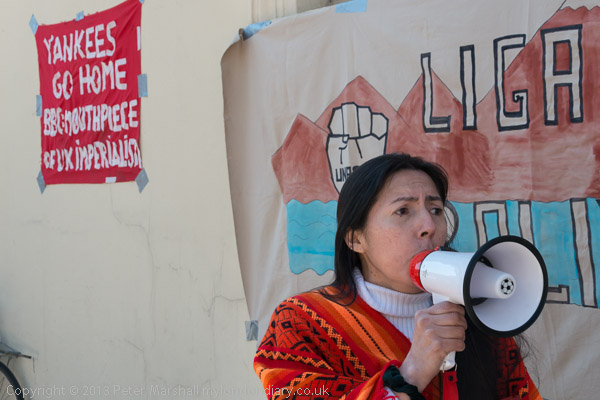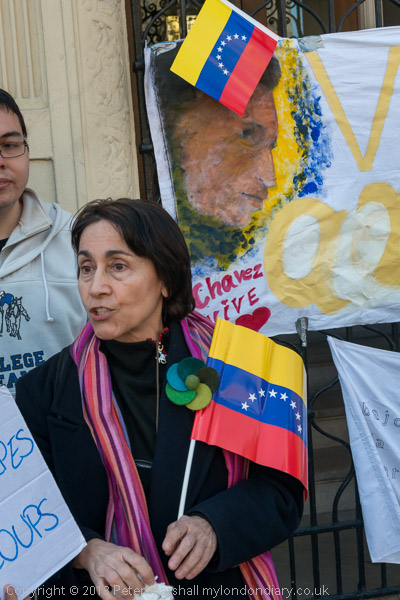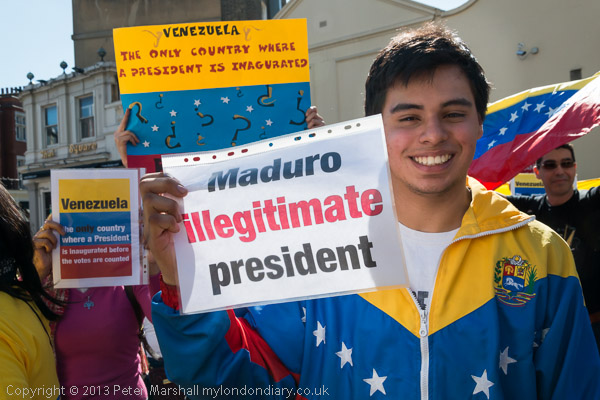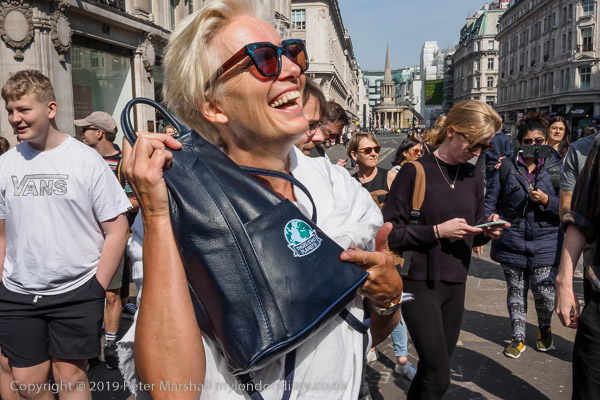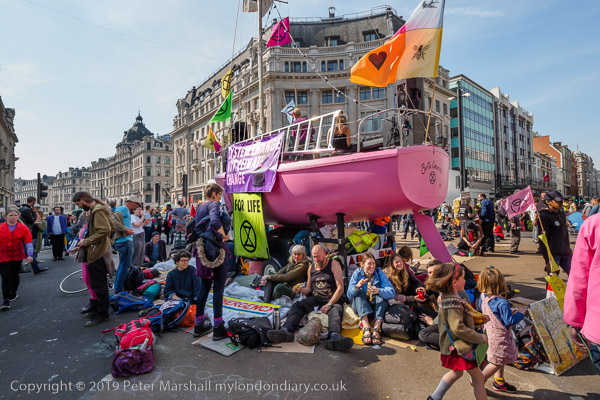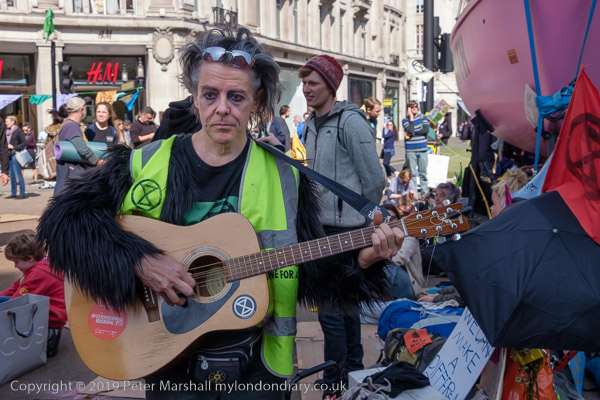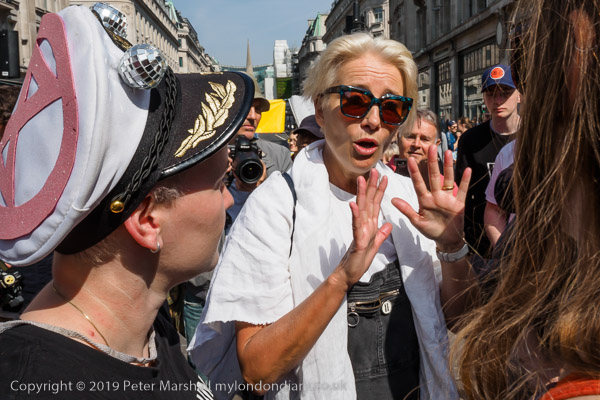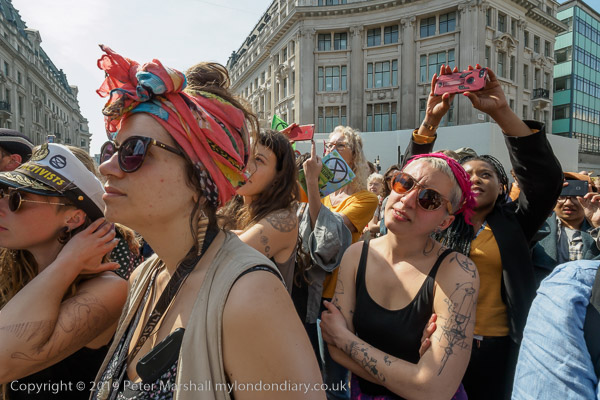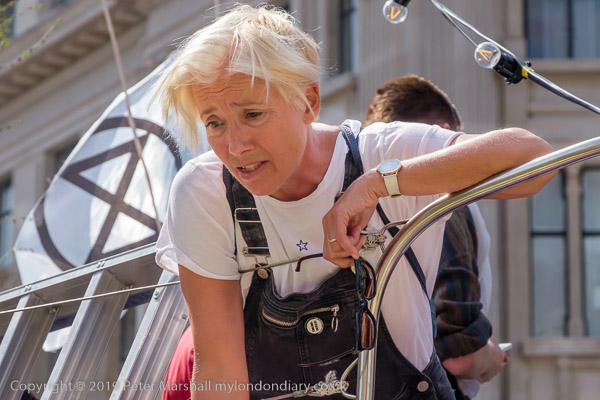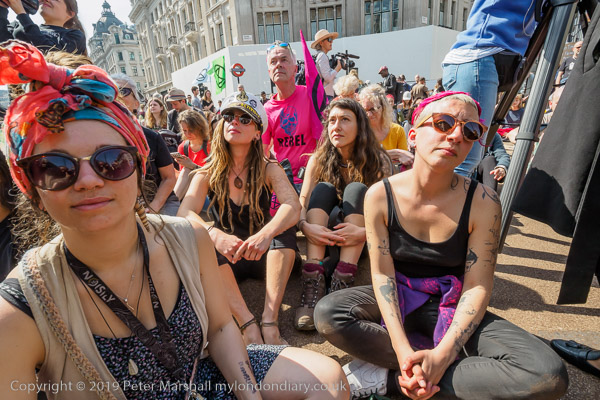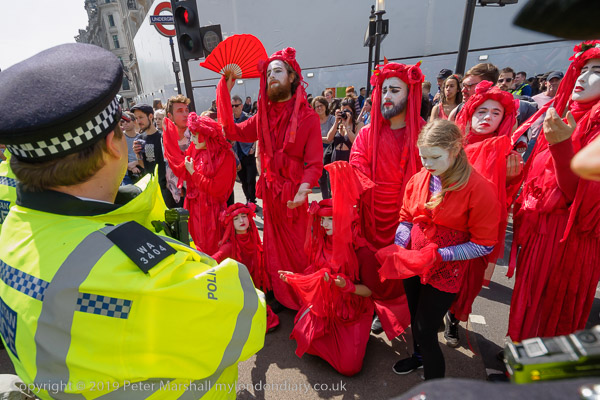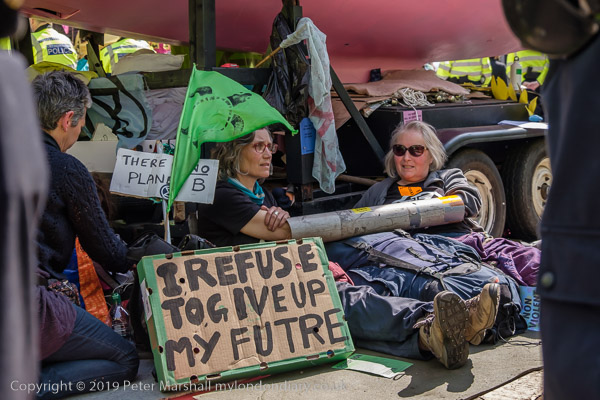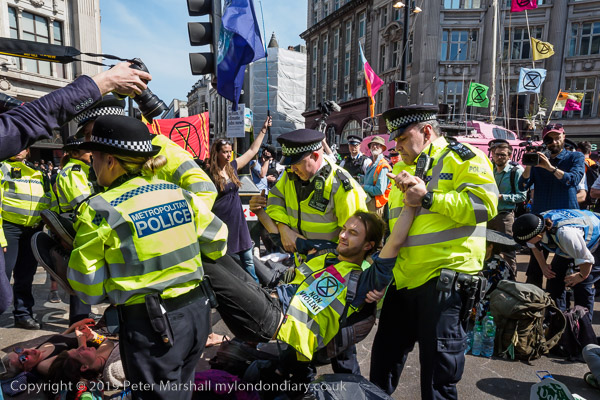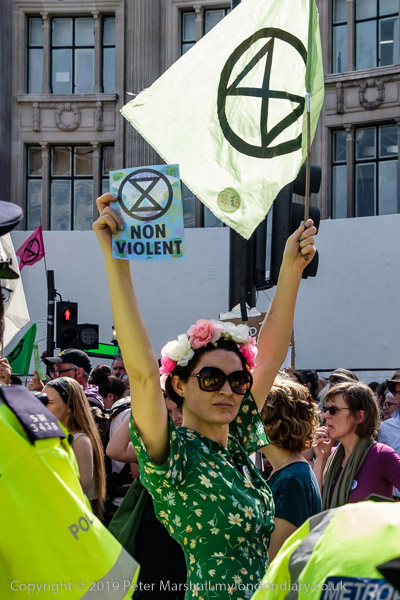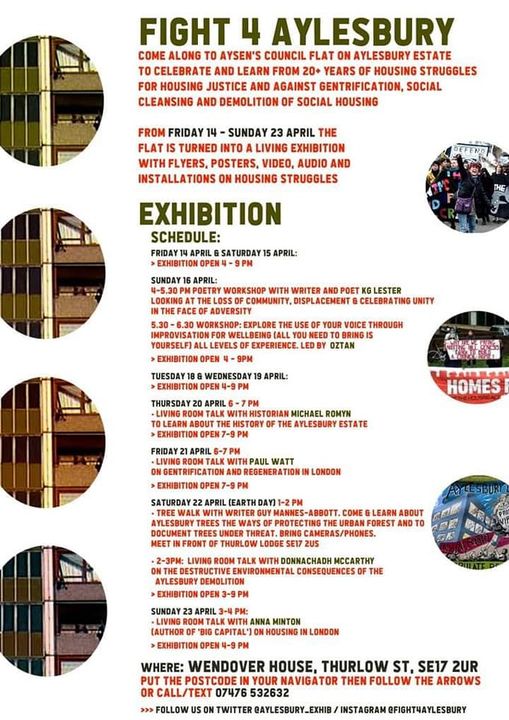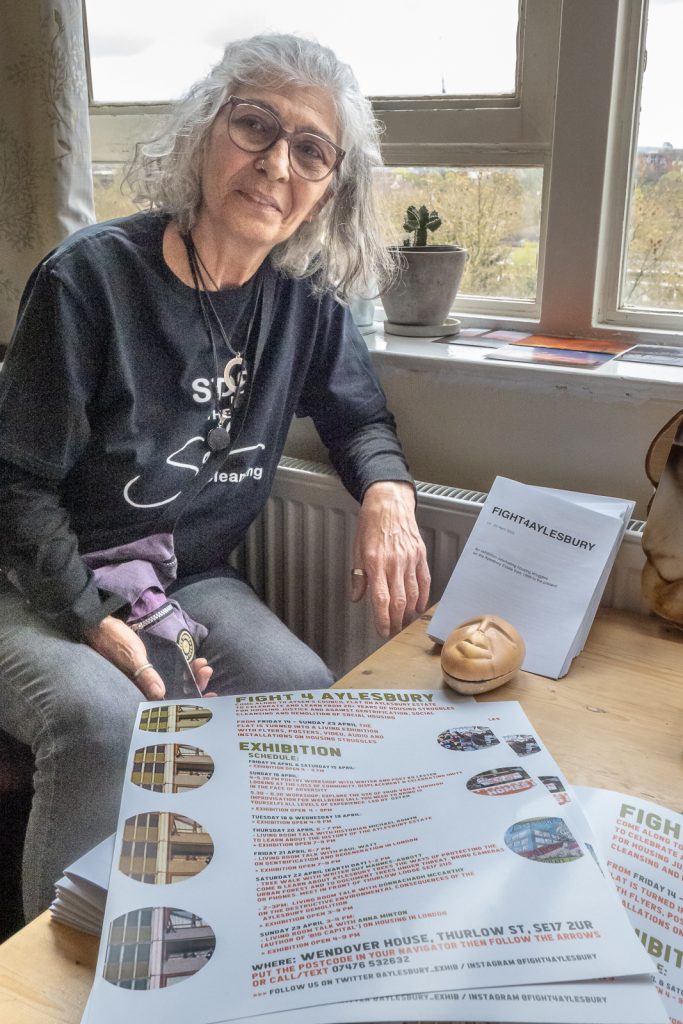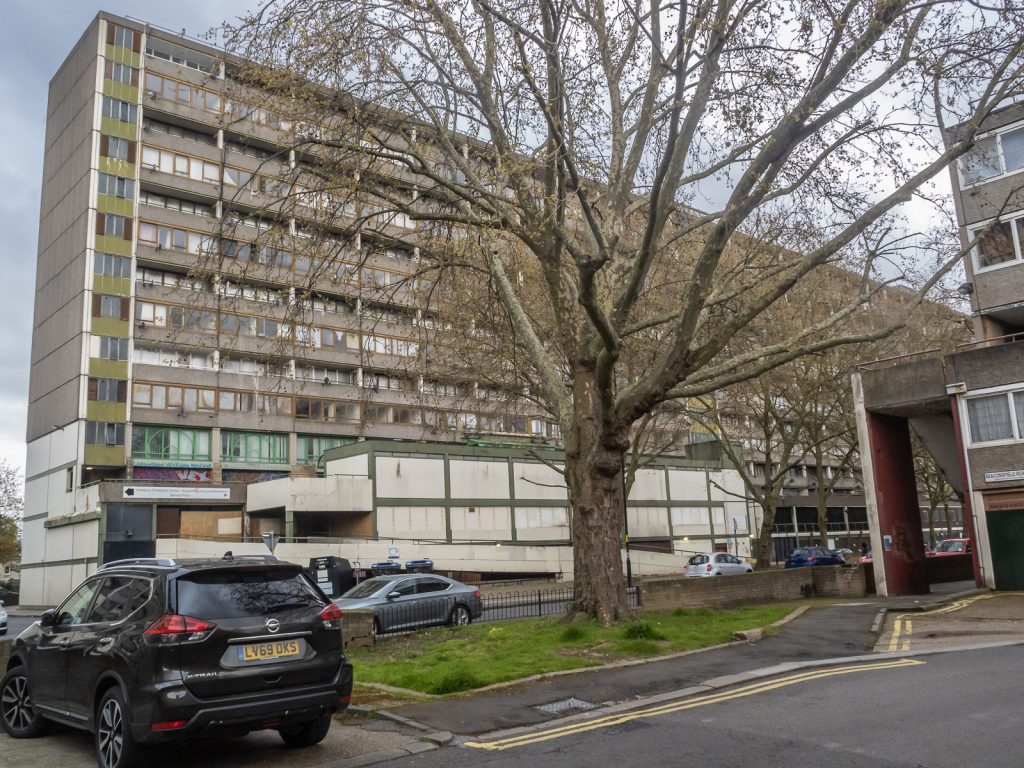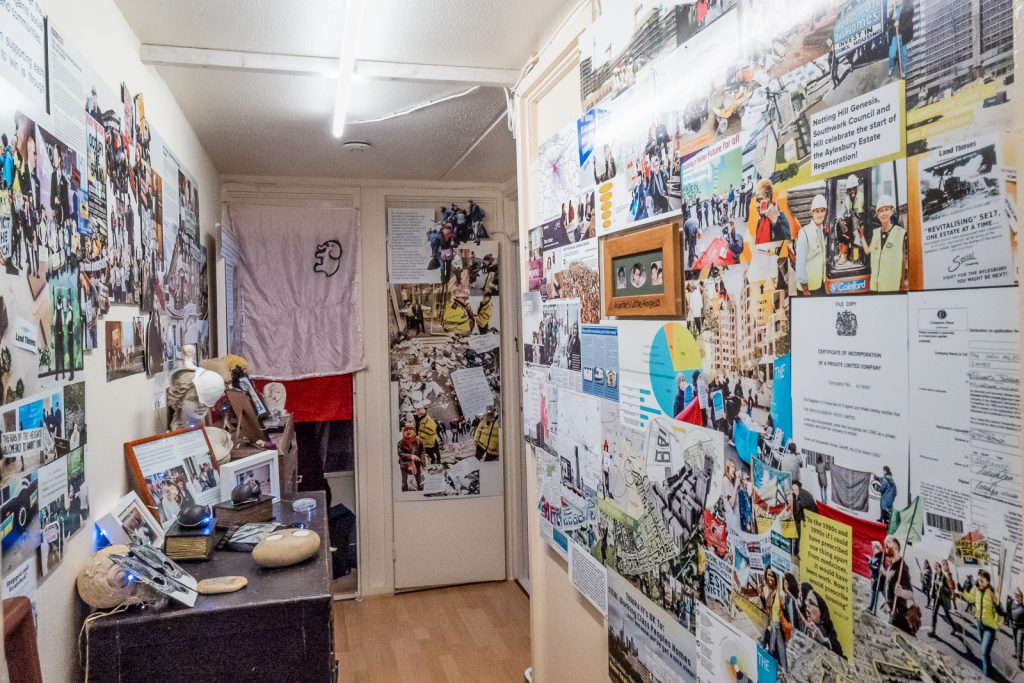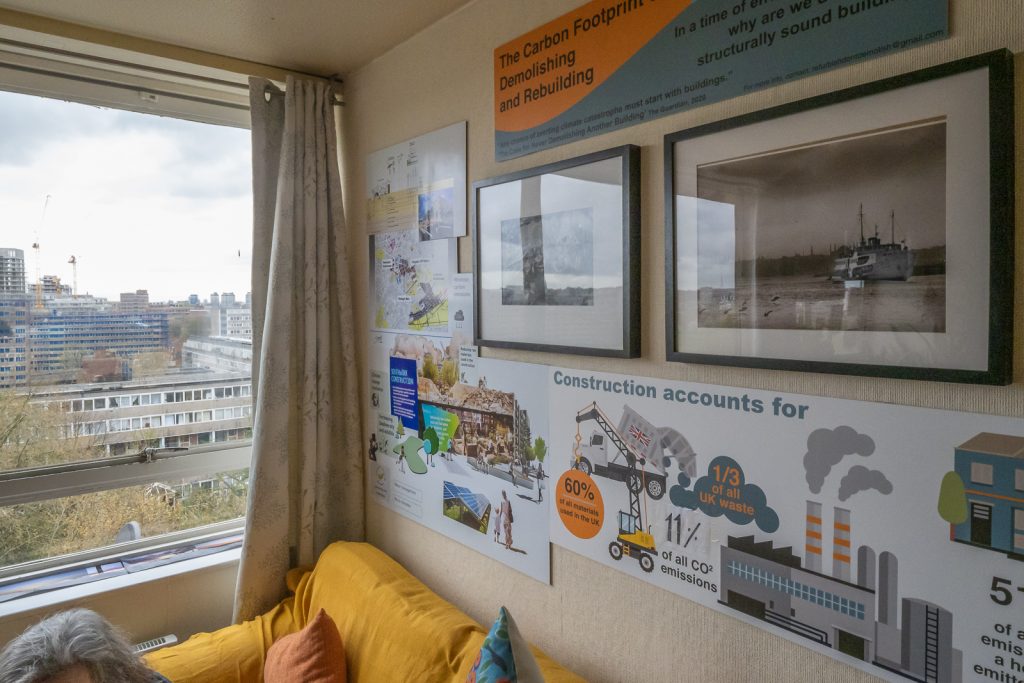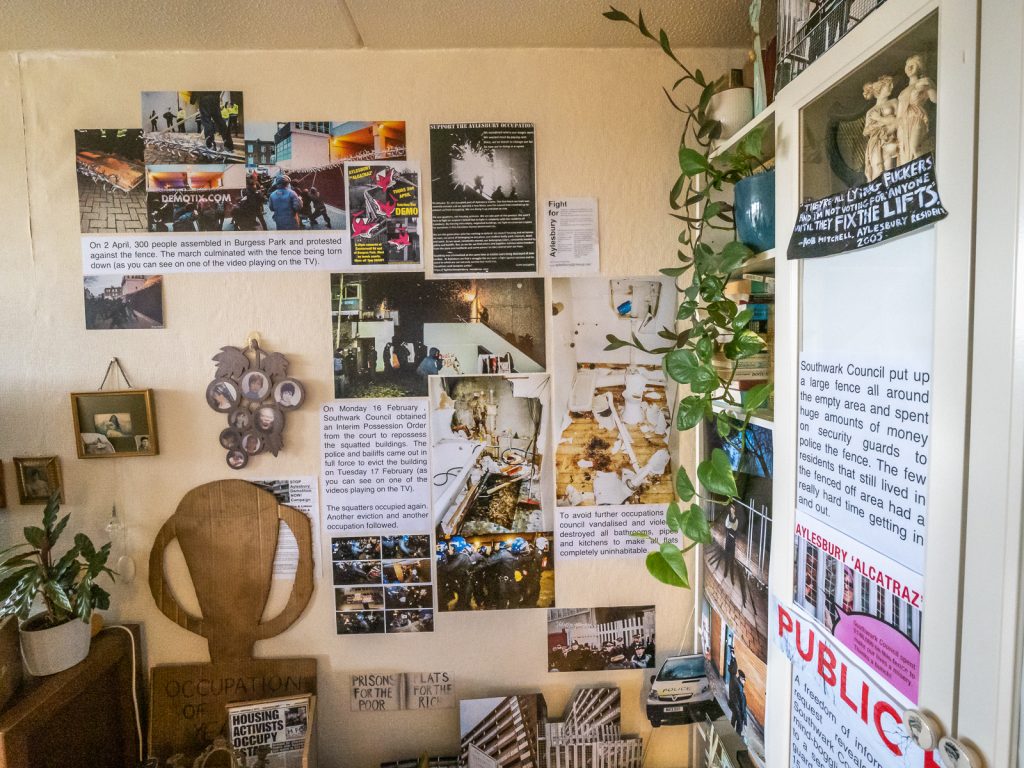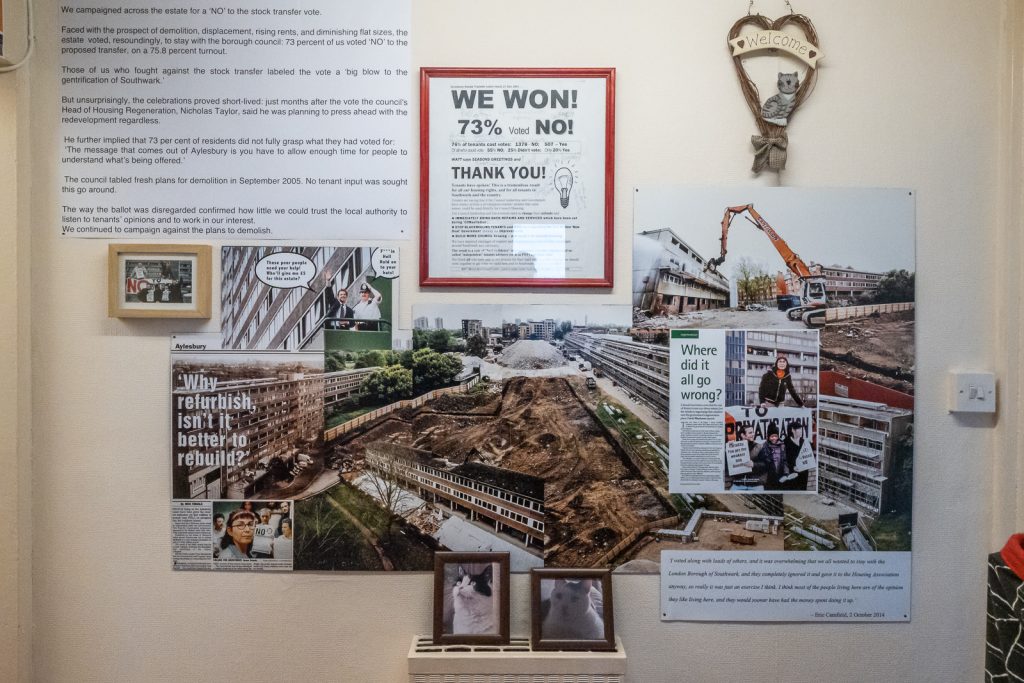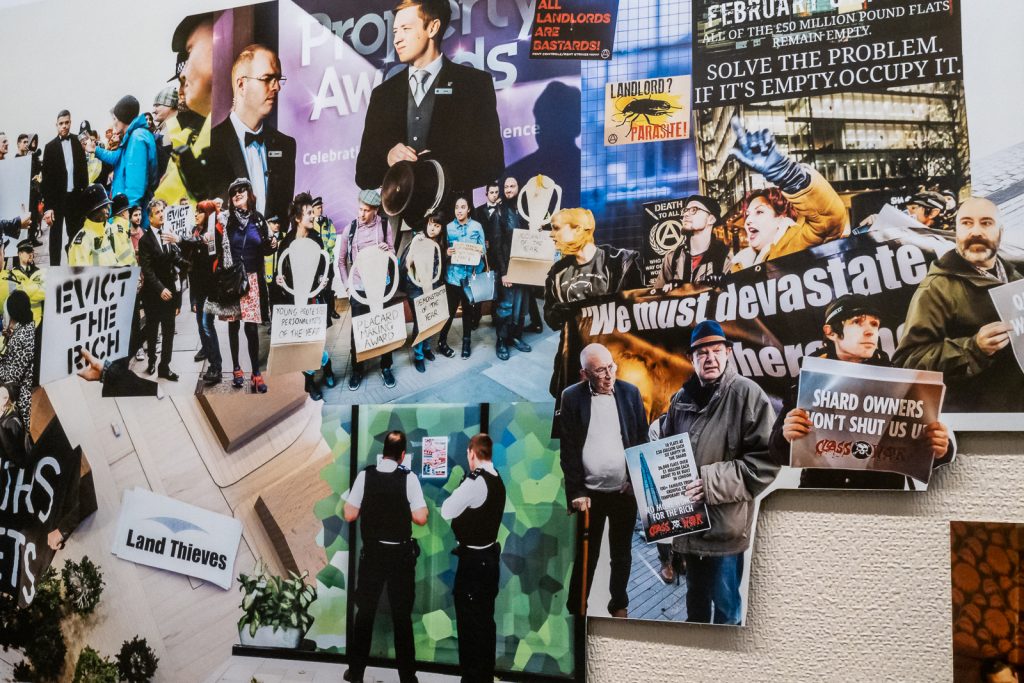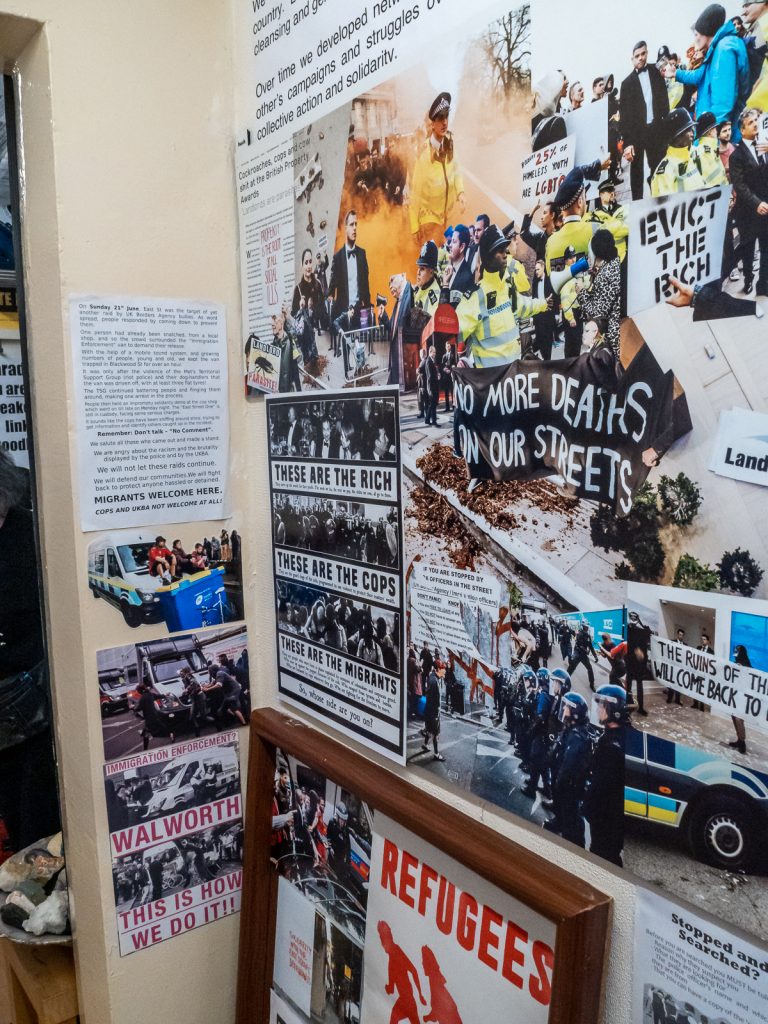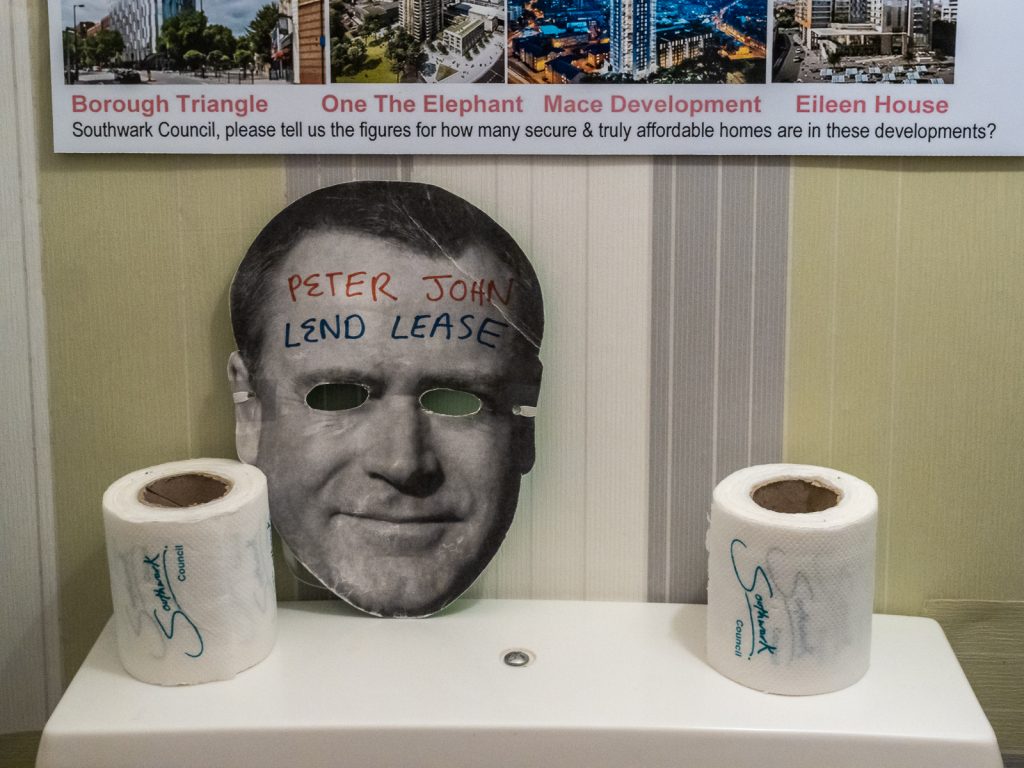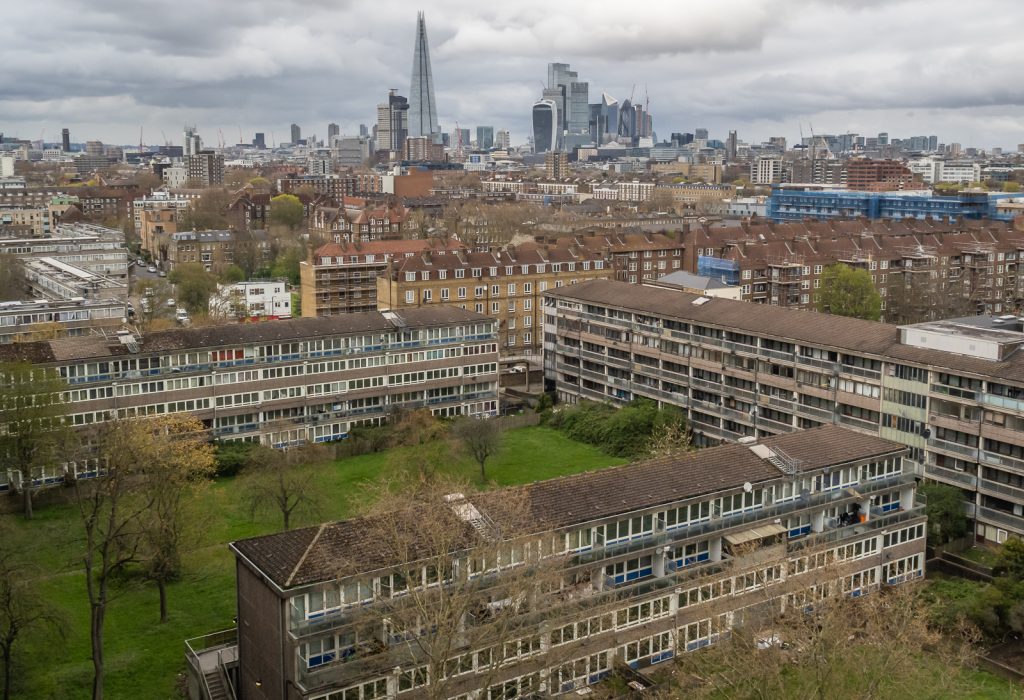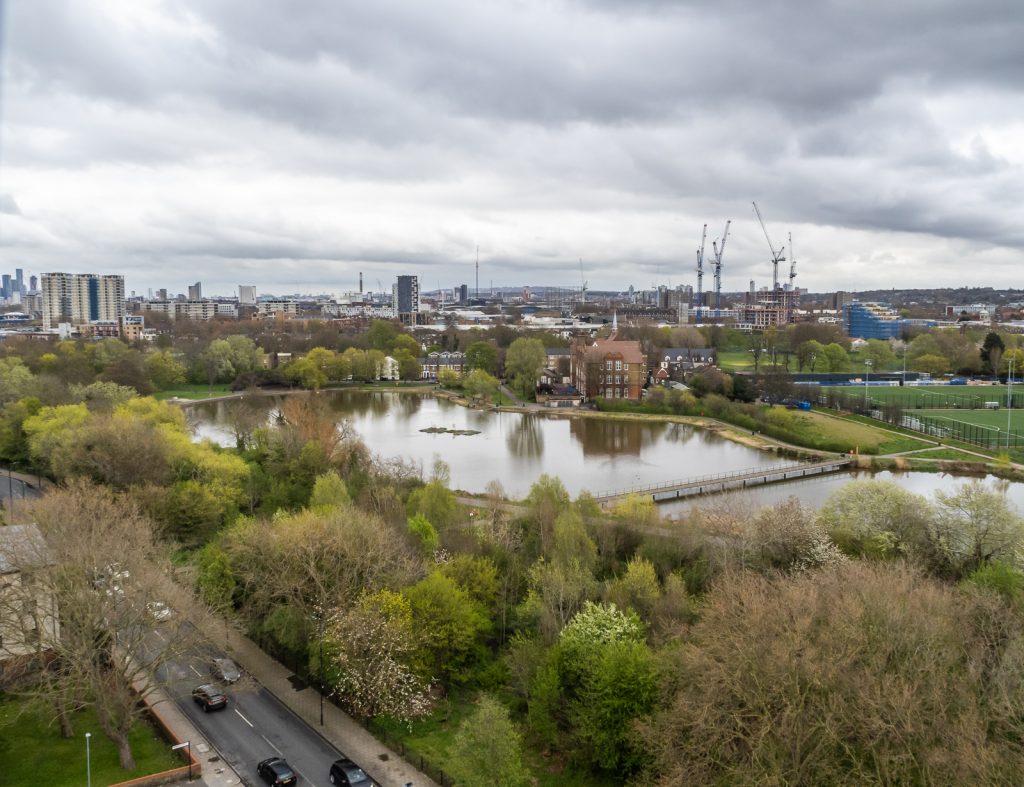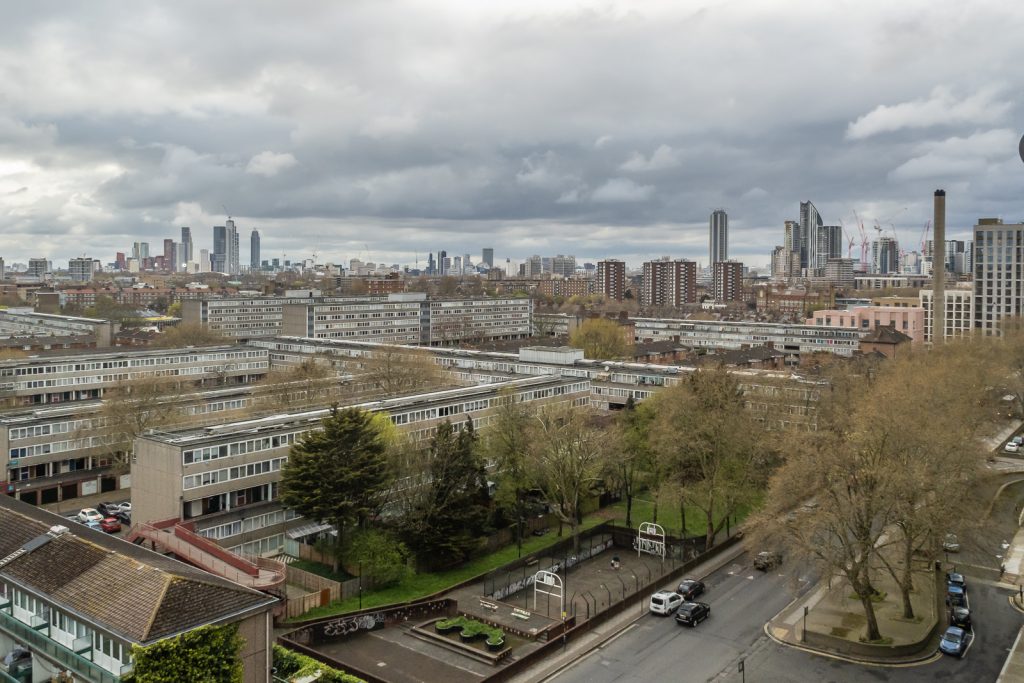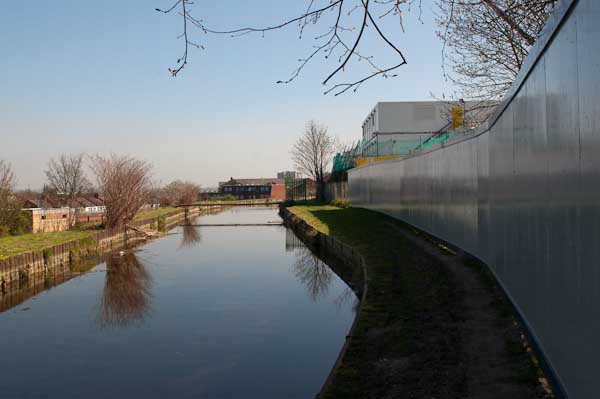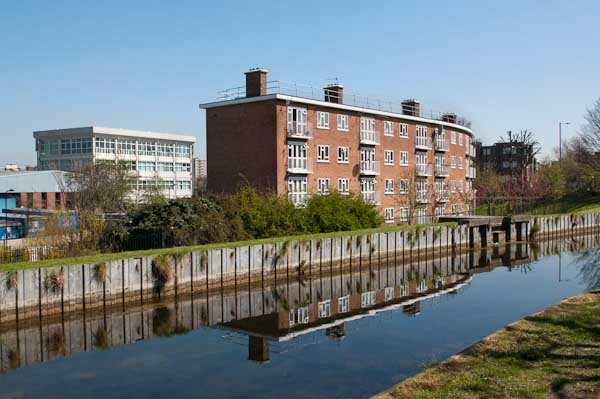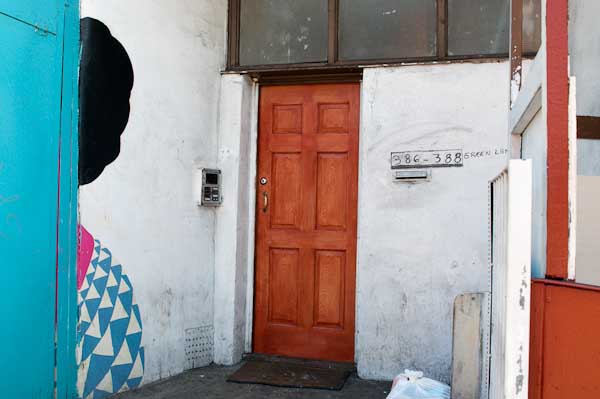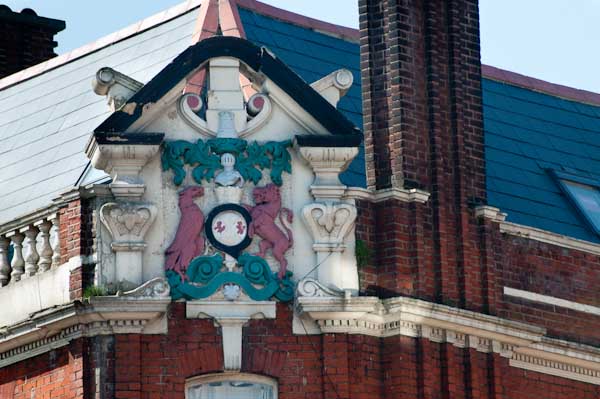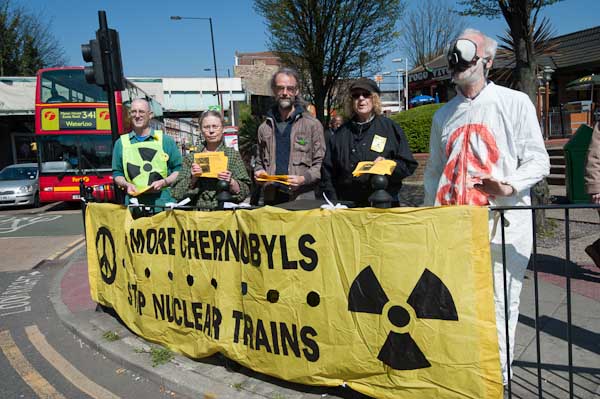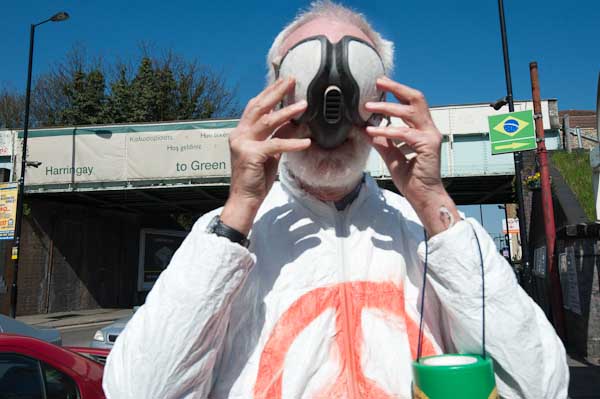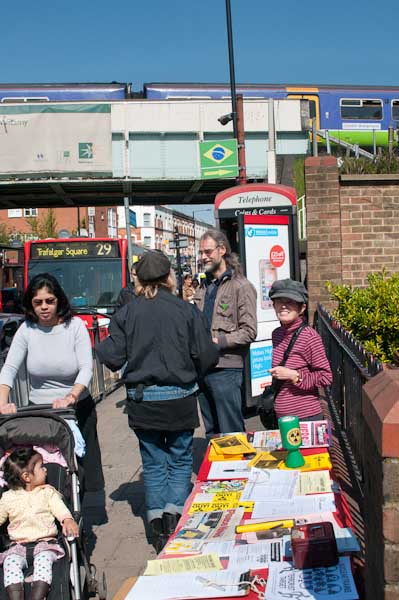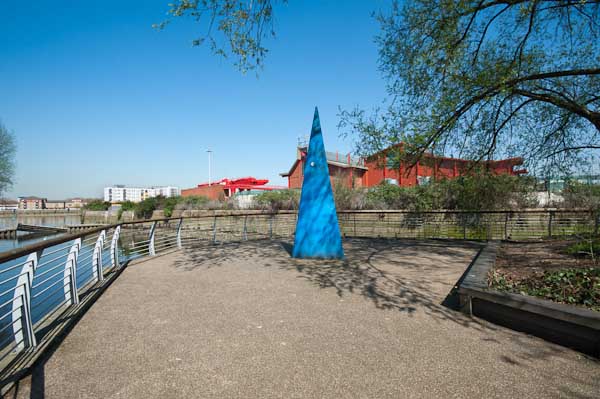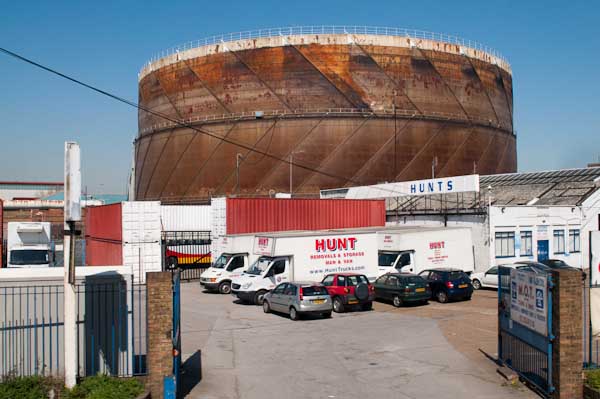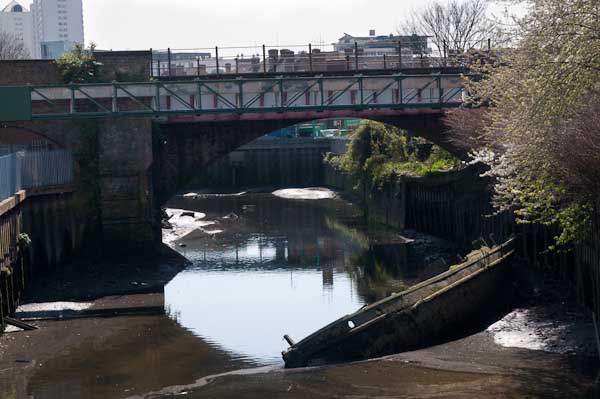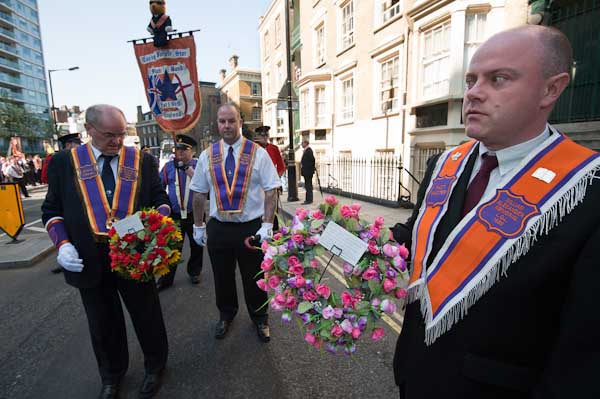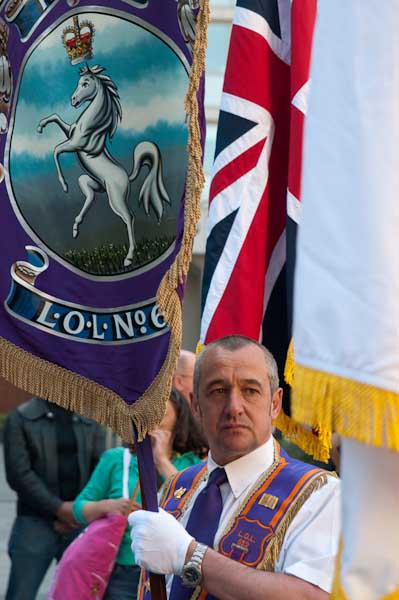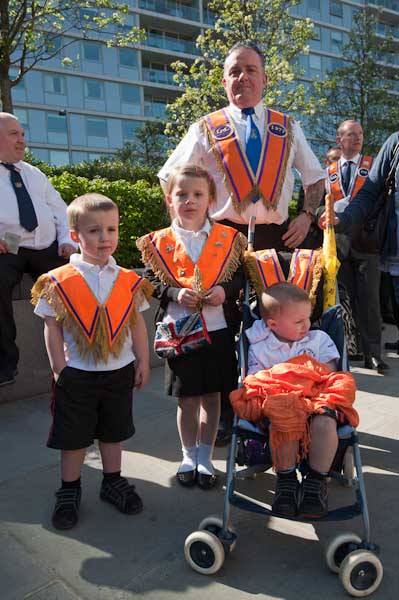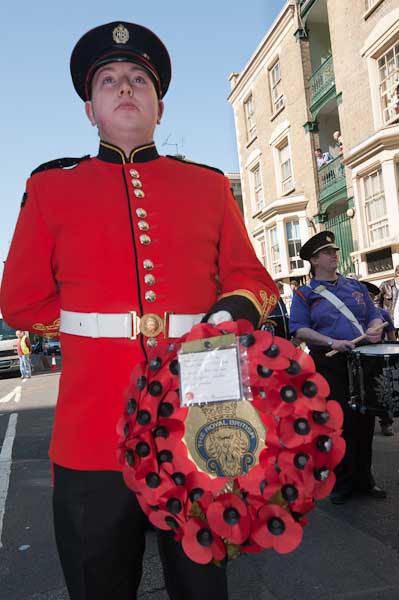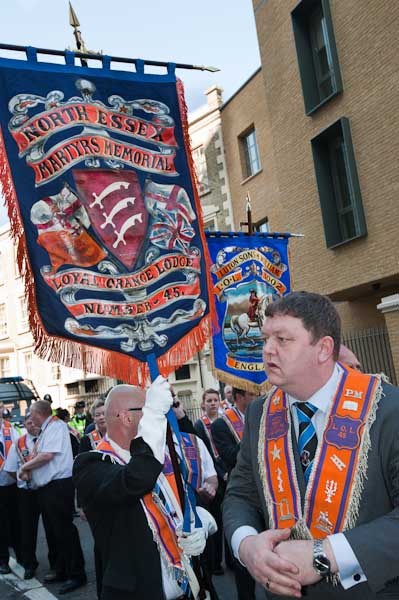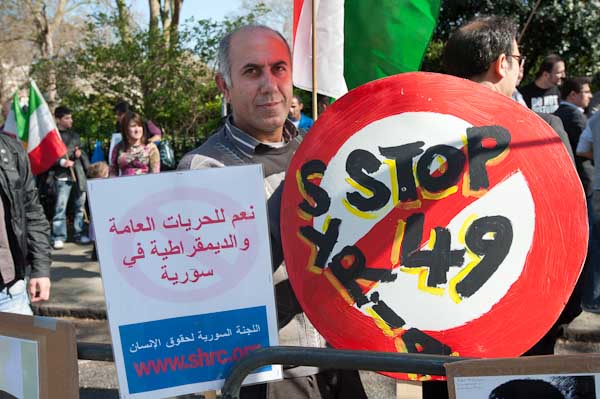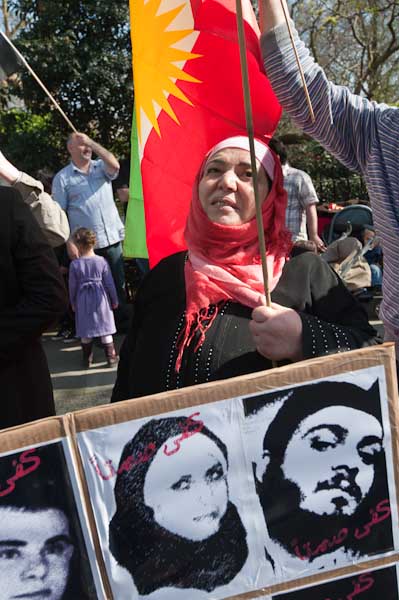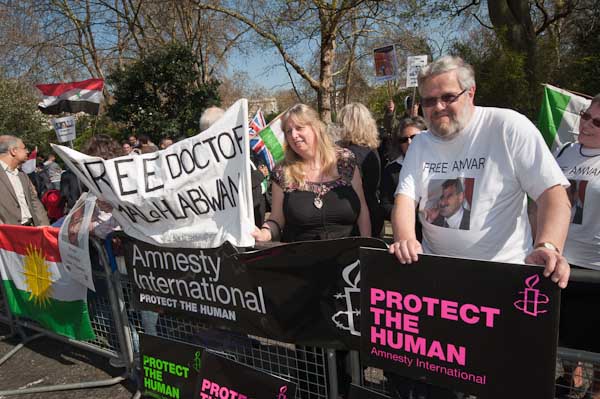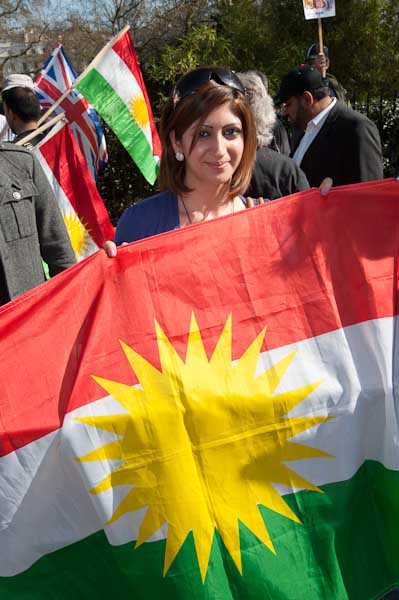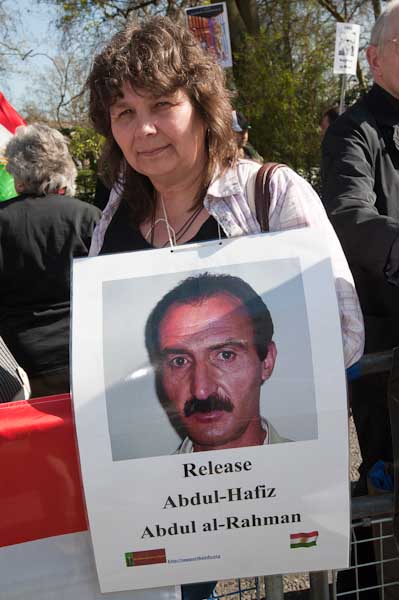March of the Beekeepers 26th April 2013: Where would we be without Bees? Personally as I’ve written before I wouldn’t be here at all. I owe my own very existence to them, as when my father as a young man decided to become a beekeeper he went to a class at the Twickenham and Thames Valley Beekeepers Association in Twickenham, given by a professional beekeeper, Alf. Fred and Alf became friends, and both had sisters (my father five of them, but Alf only one.) And so I grew up with an Uncle Alf, my mother’s brother and his wife Mabel was one of Dad’s sisters.
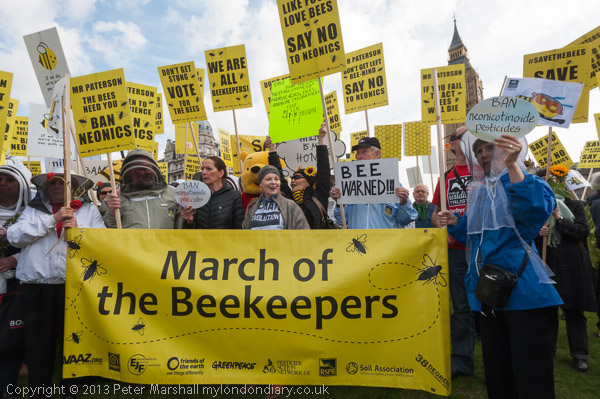
Alf and Dad were both beekeepers with prize certificates for honey etc to prove it. In our house, honey came in 28lb tins which I’d spent hours in a room sealed against bees sweating turning the handle of an extractor, and there were hives at the bottom of the garden against the factory wall, often surrounded by the sharp metal curls of swarf which came over, more dangerous than the bee stings.
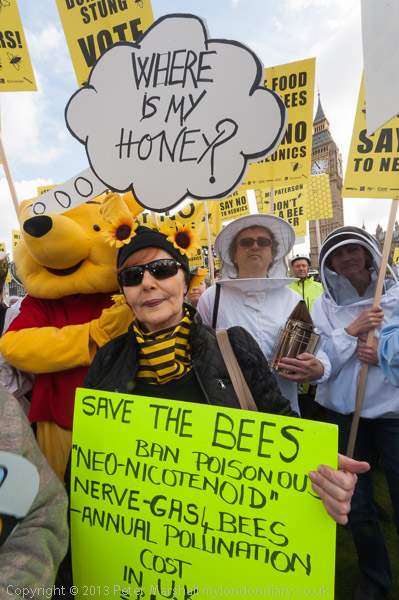
My father had hives in several other gardens in the area, and looked after bees for at least one nearby middle-class resident, and for some years the hives at the Twickenham apiary, a job he took over from Alf. I think most of dad’s bees came from swarms which the police would regularly call and ask him to deal with – and he would get on his bike with a box to bring them back. He was something of a jack of all trades, growing vegetables to feed us and doing odd painting, decorating, plumbing and building work as well as selling a few jars of honey. Alf was a dedicated beekeeper and travelled further afield, with hives as far away as Gloucestershire, busily pollinating the orchards.
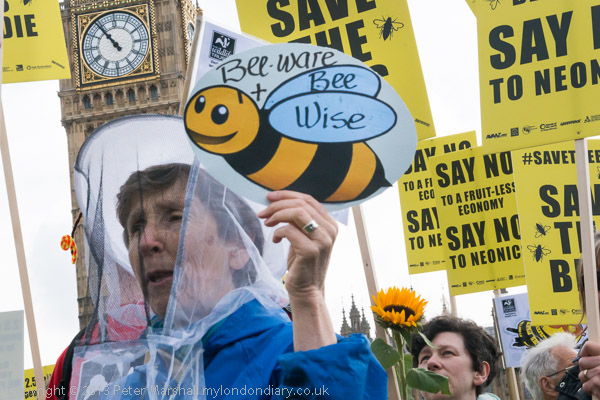
Somehow I never took up beekeeping, though I’d helped Dad for years. Living in various flats for around ten years took me out of the loop, and when I finally moved to a house with a garden I was too busy with other things, not least photography.
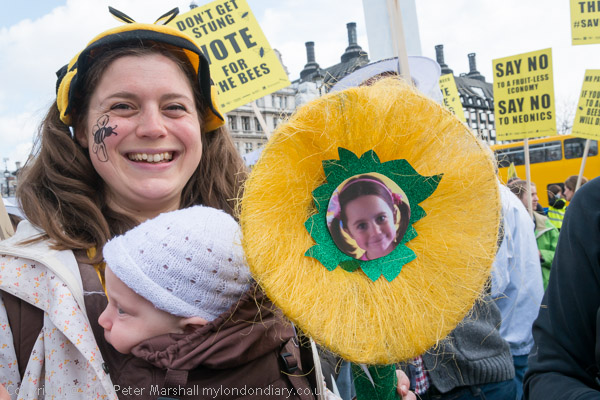
Bees are essential for all of our lives as one of the major pollinators of fruit and they are under great threats. Bee colonies have been dying, and a major cause of this has been the use of neonicotinoid pesticides. These can kill bees but also seriously weaken their resistance to other factors – including climate change and the Varroa mite.
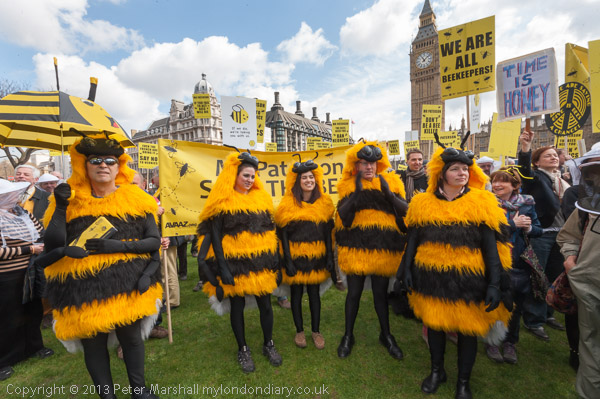
Though there had been strong pressure particularly in the EU for these pesticides to be banned, the UK had abstained from a vote to ban them following a report by the European Food Safety Agency (EFSA). This was despite the decline in bee numbers being particularly drastic in England, with the number of colonies down to under half of those present in the 1980s. These pesticides don’t only kill bees they also kill other pollinating insects such as moths, which have also seen a huge decline in recent years.
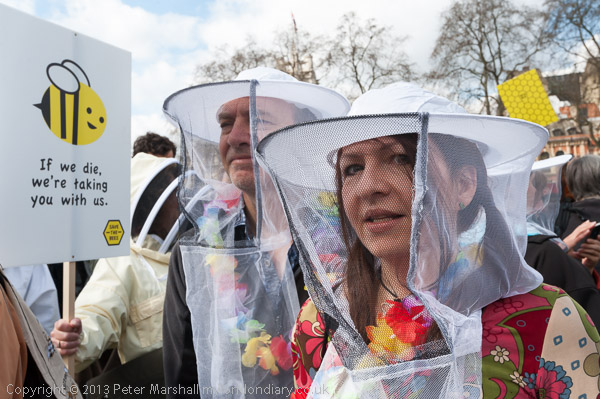
The protest on Friday 26th May 2013 was supported by a wide range of organisations including Friends of the Earth, Greenpeace, Pesticide Action Network (PAN), RSPB, Soil Association, The Natural Beekeeping Trust, the Wildlife Trusts and 38 Degrees and urged Environment Secretary Owen Paterson to take urgent action and to support a further EU ban being debated the following Monday.
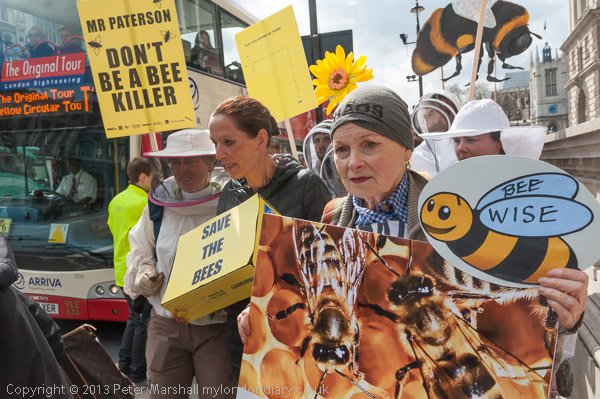
While the protesters stayed in Parliament Square I went with a small group led by fashion designers Dame Vivienne Westwood and Katharine Hamnett to take a petition with 300,000 signatures to Downing St.
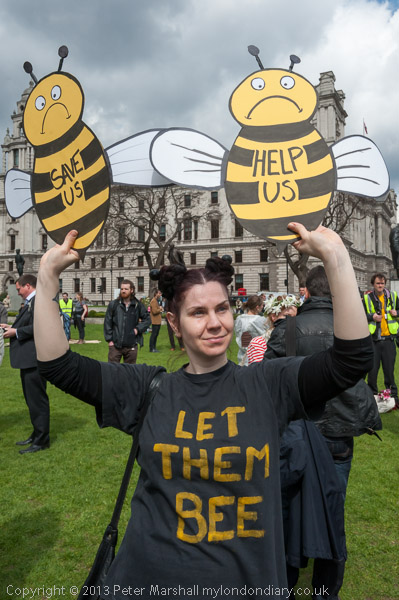
A ban on the use of three neonicotinoids came into force in the UK and EU in 2018, but the UK government has since in the last three years running allowed a so-called emergency use of the banned pesticide thiamethoxam – a teaspoon of which is enough to kill around 1.25 billion bees on sugar beet crops. This is against the advice of the government’s own Expert Committee on Pesticides and would be unlawful were we still in the EU. Brexit means we can kill bees.
More at March of the Beekeepers.
